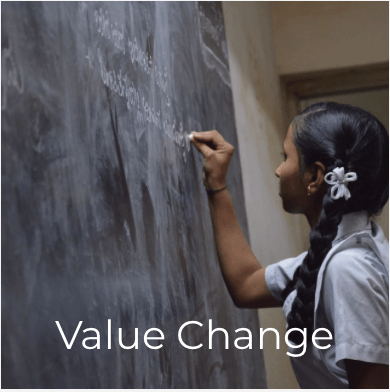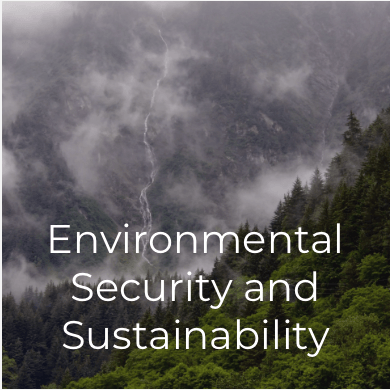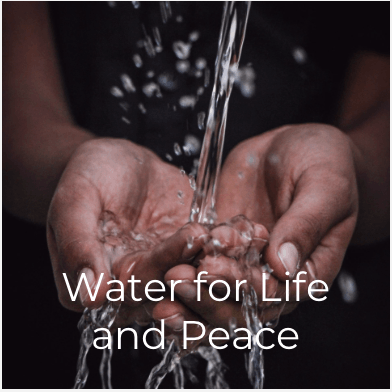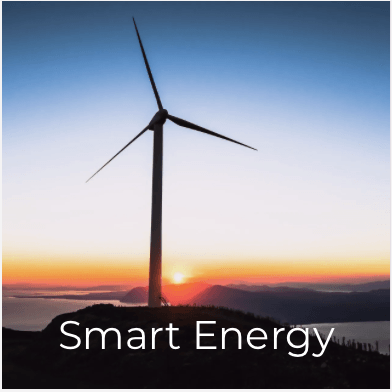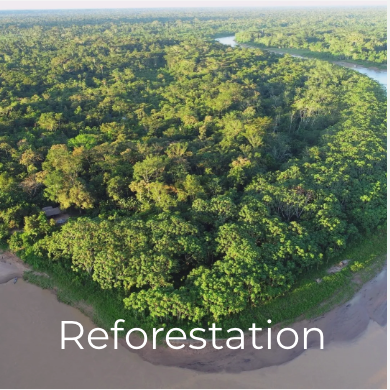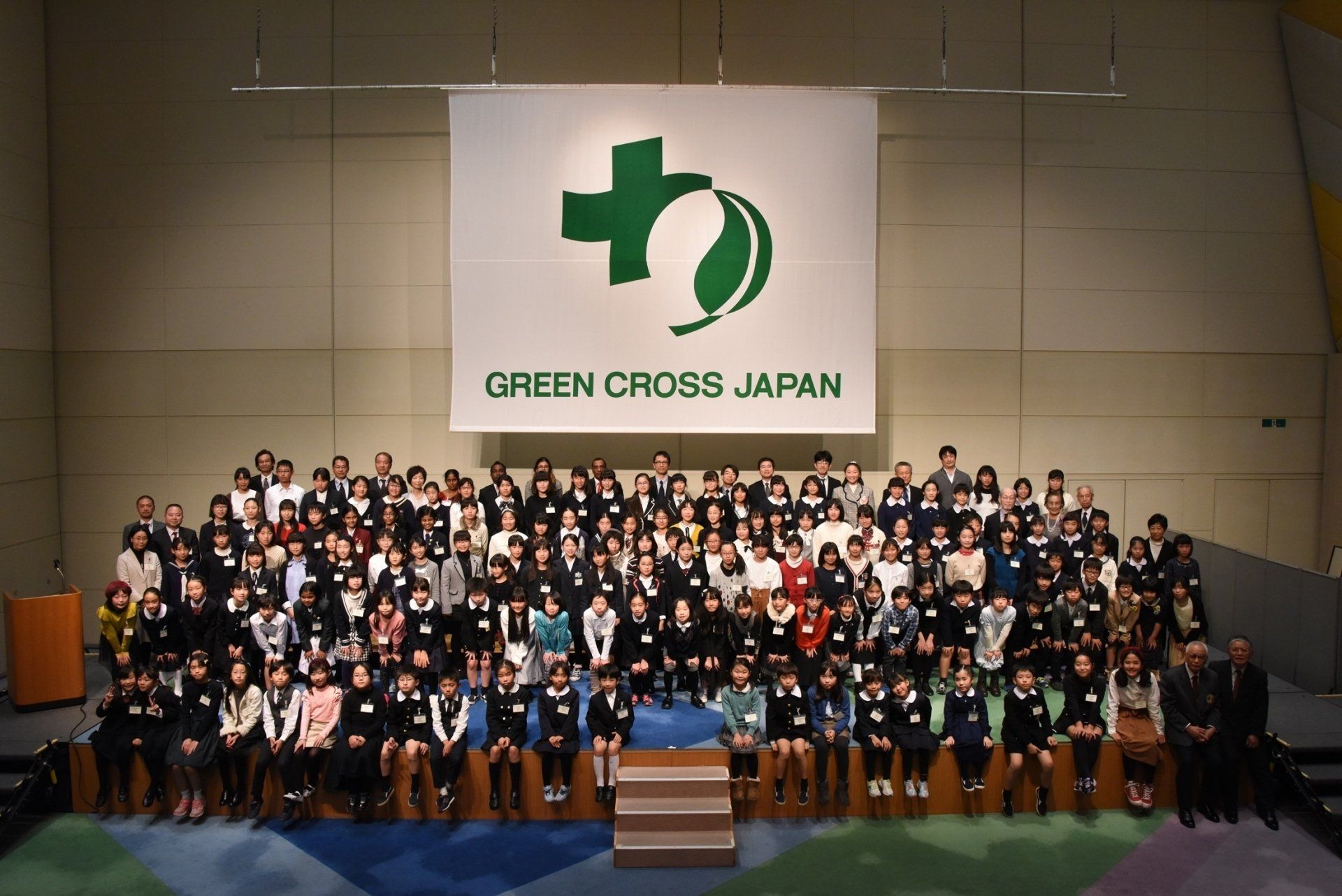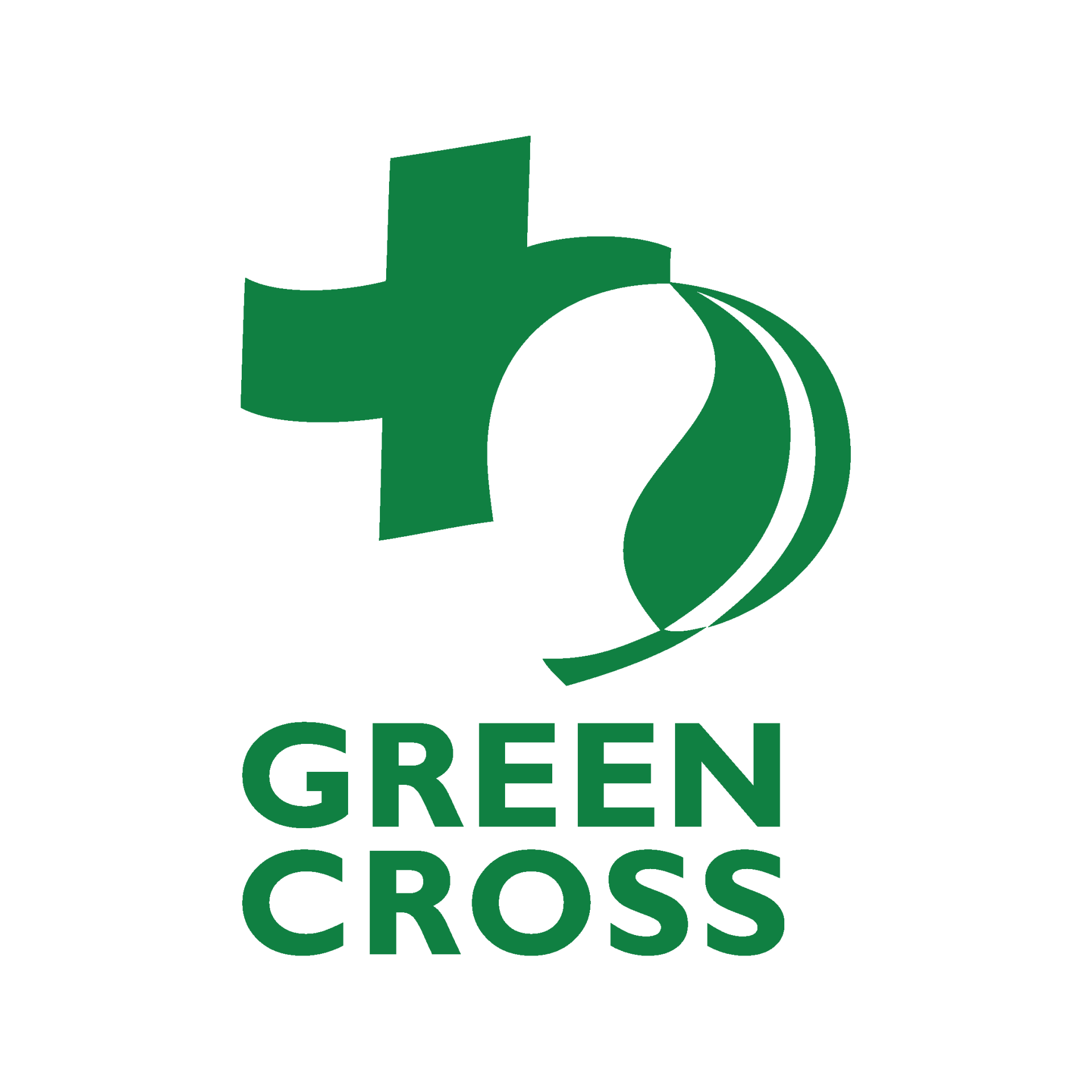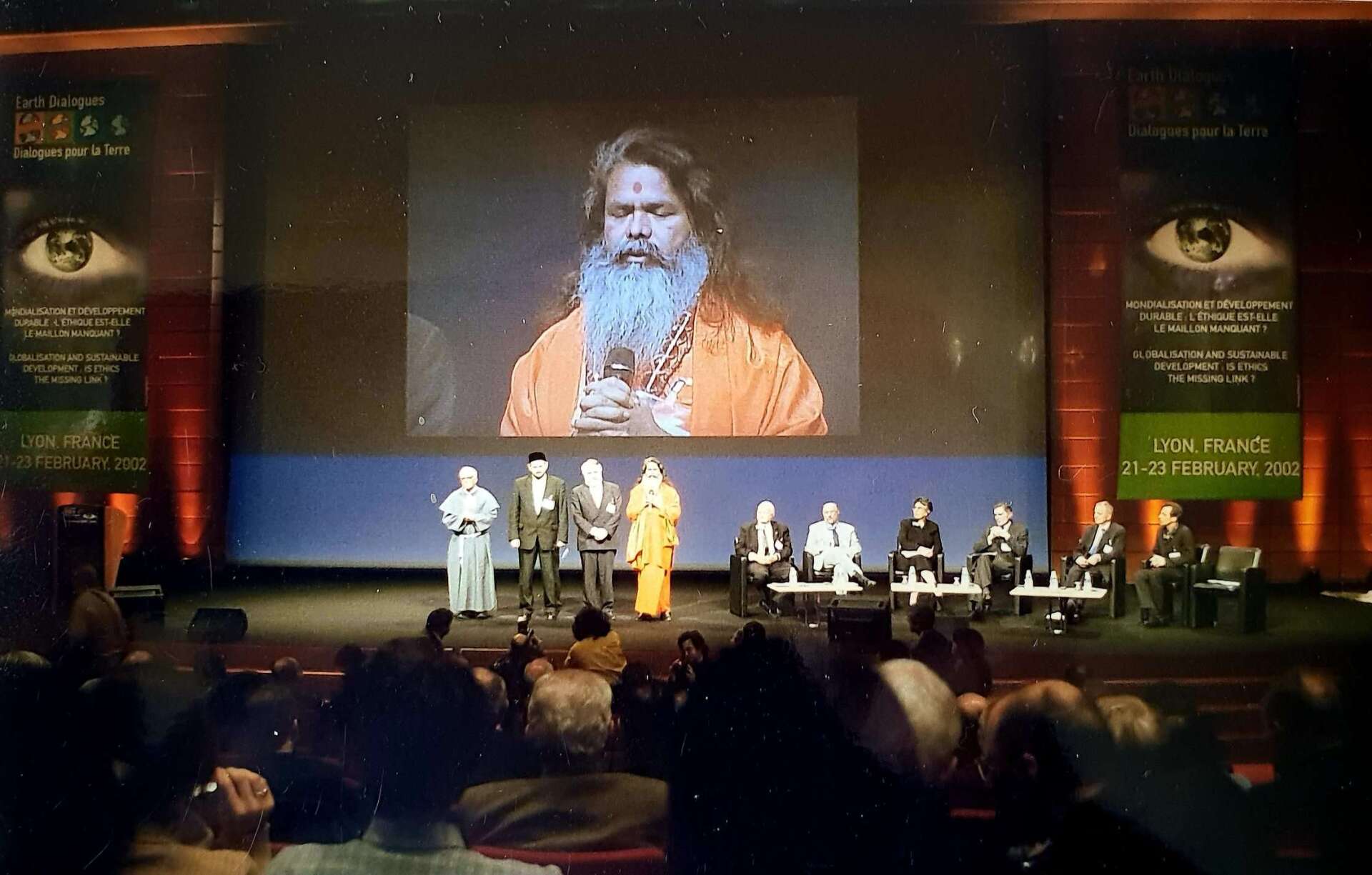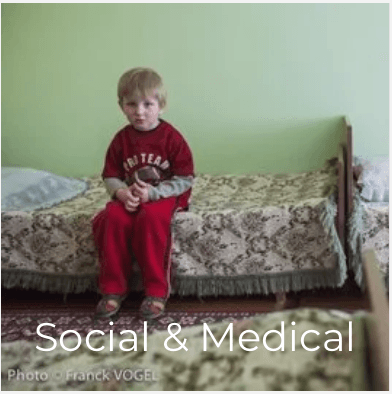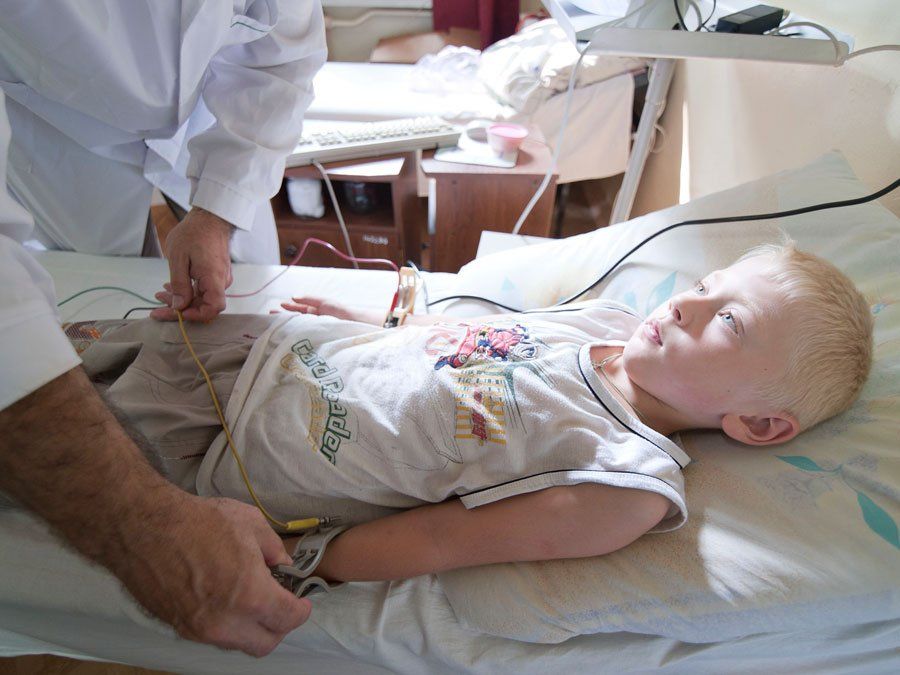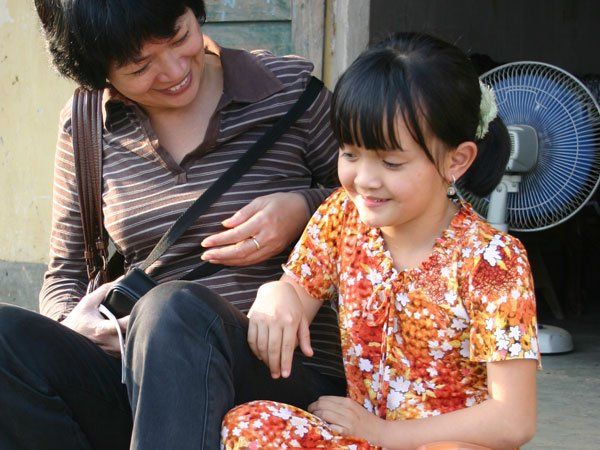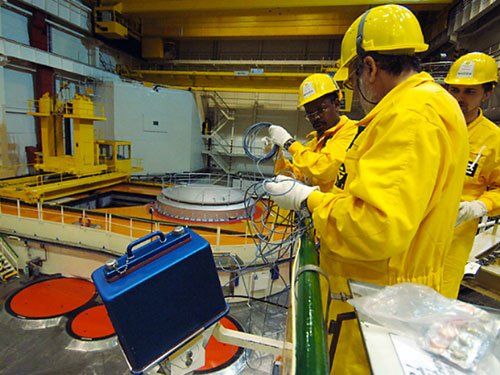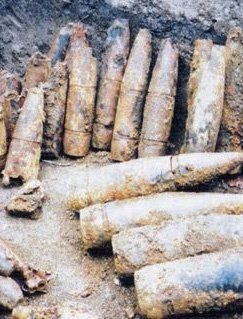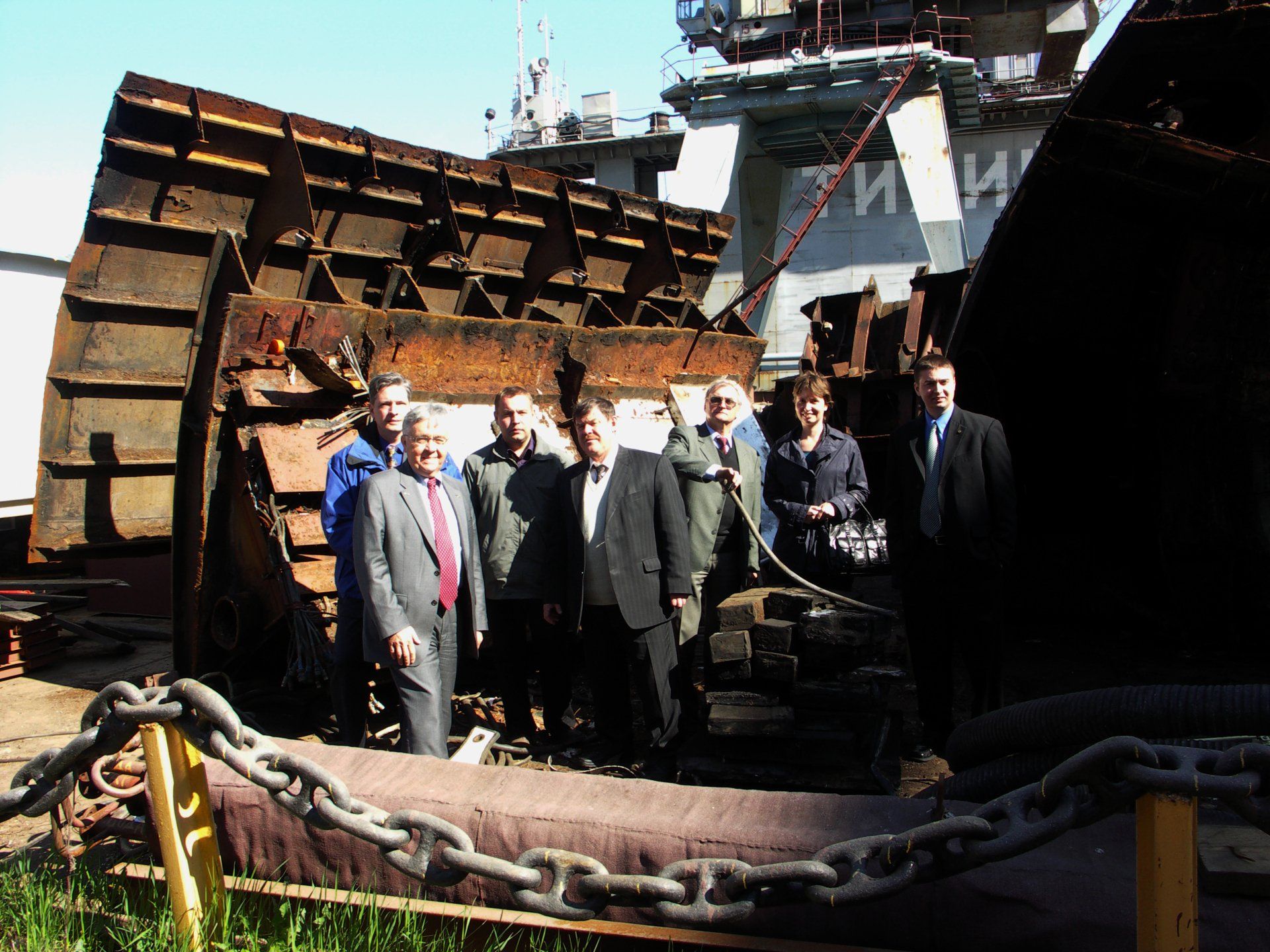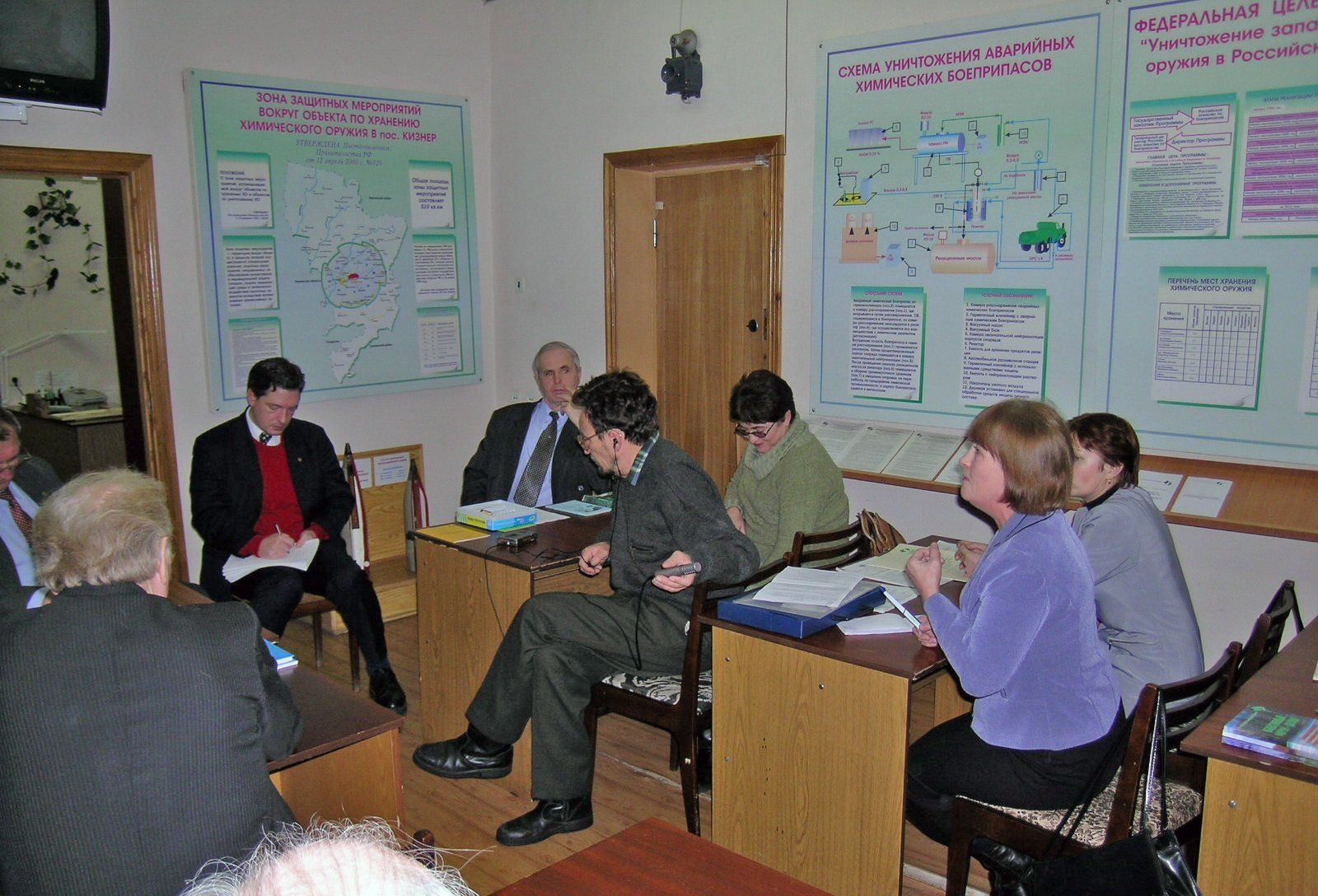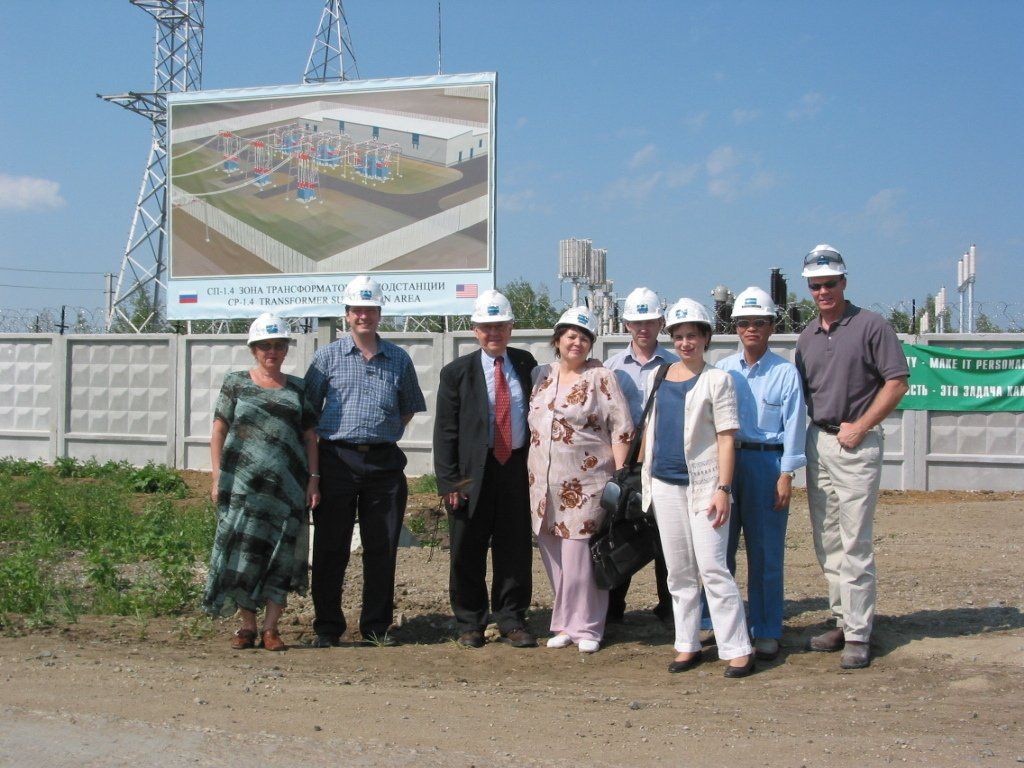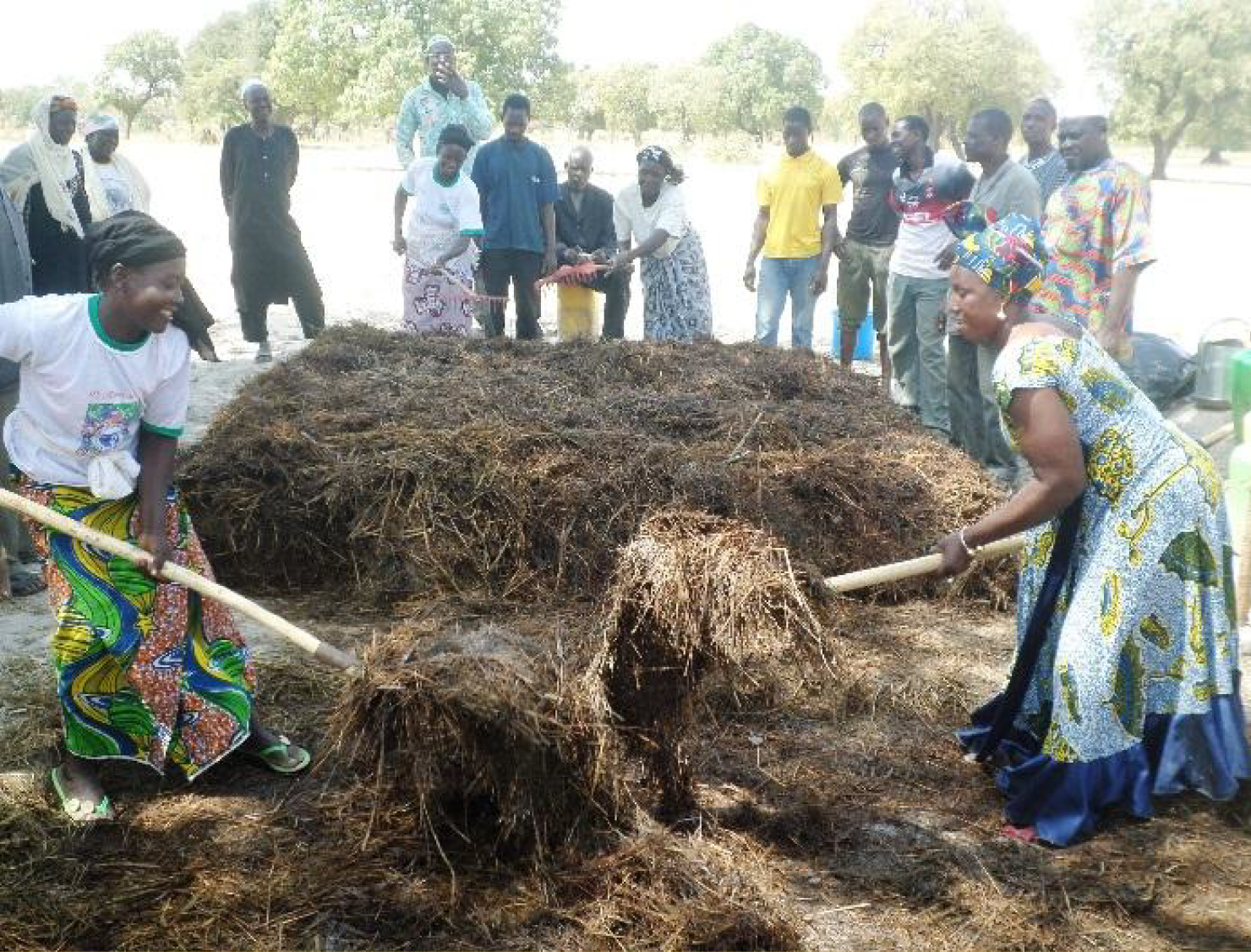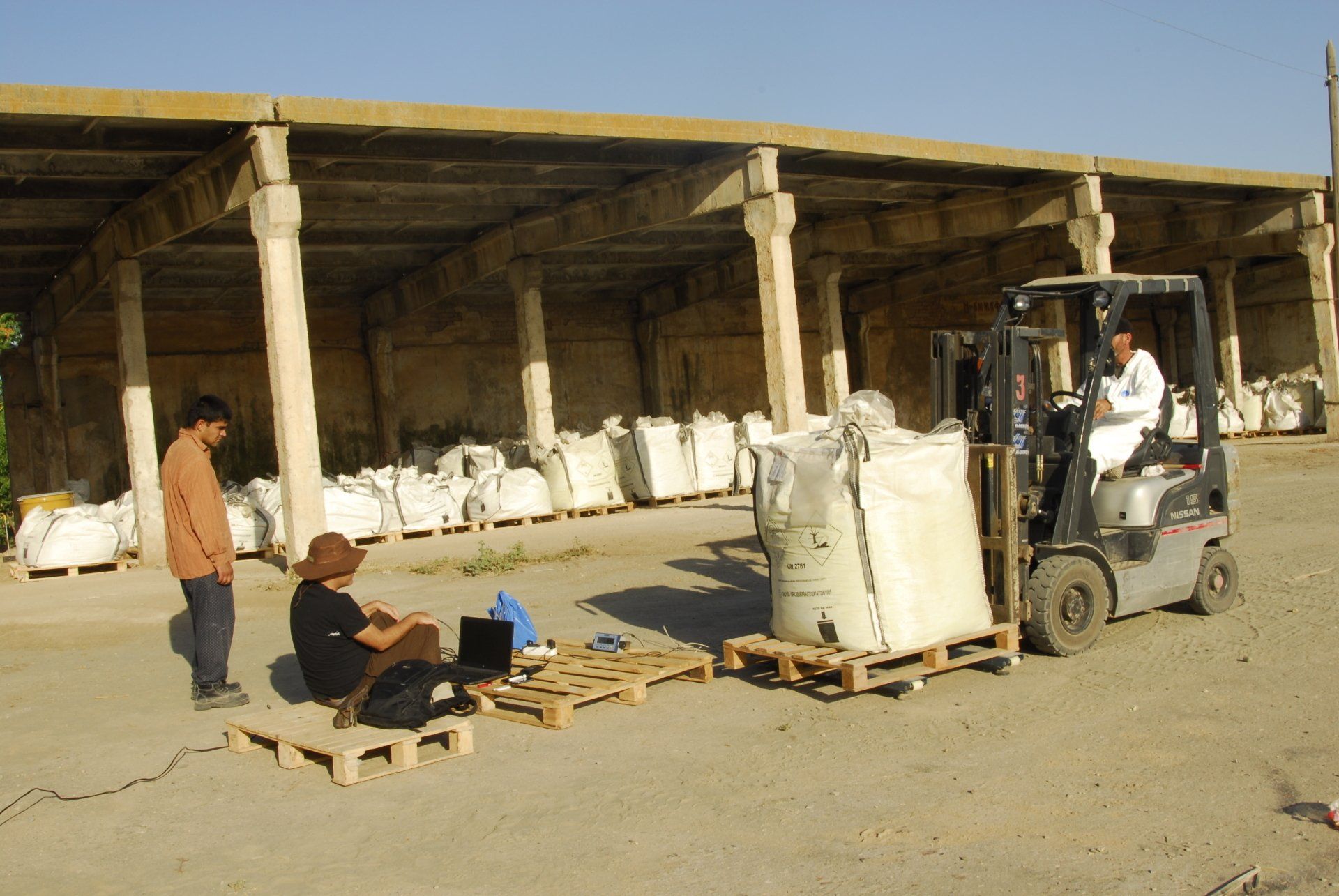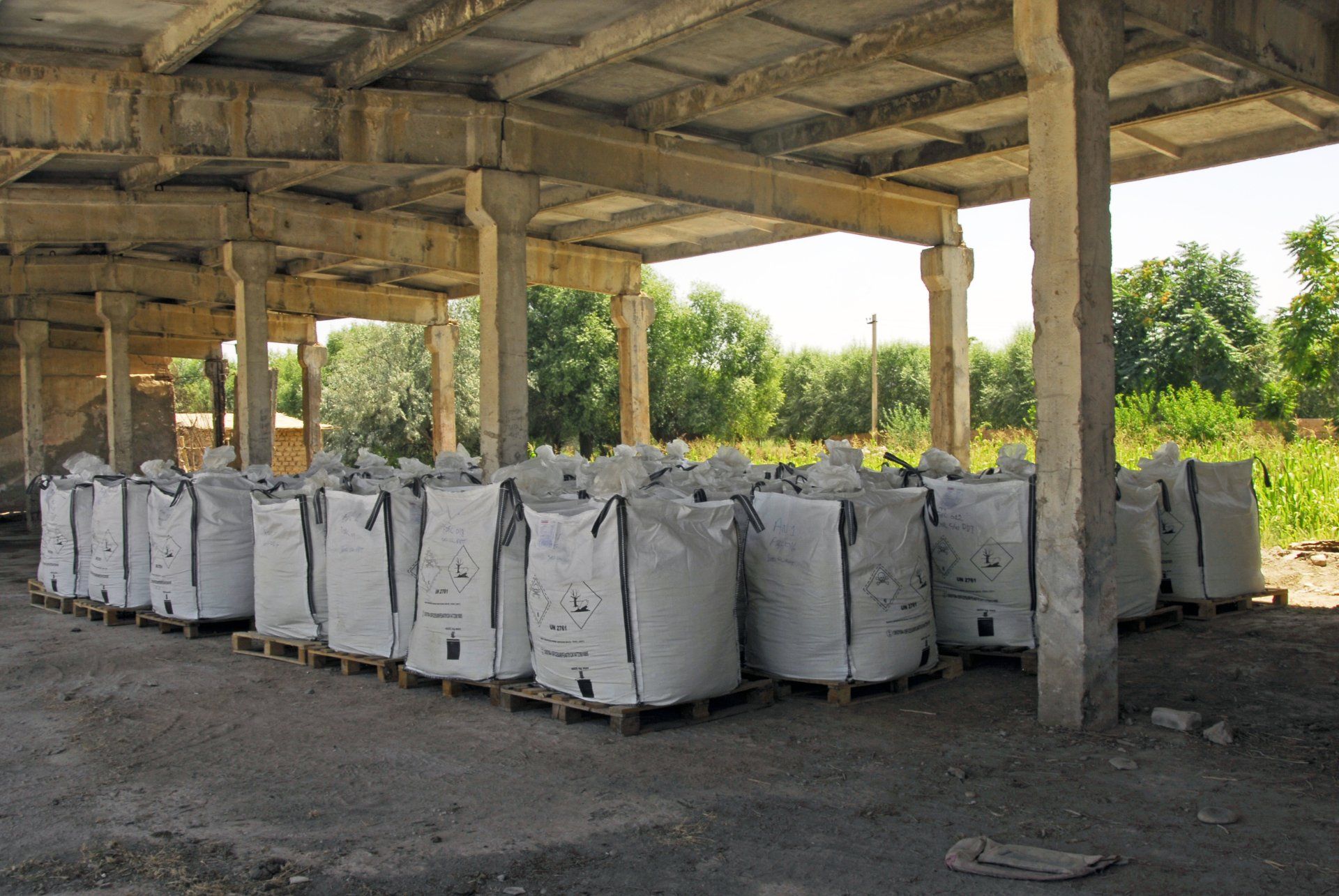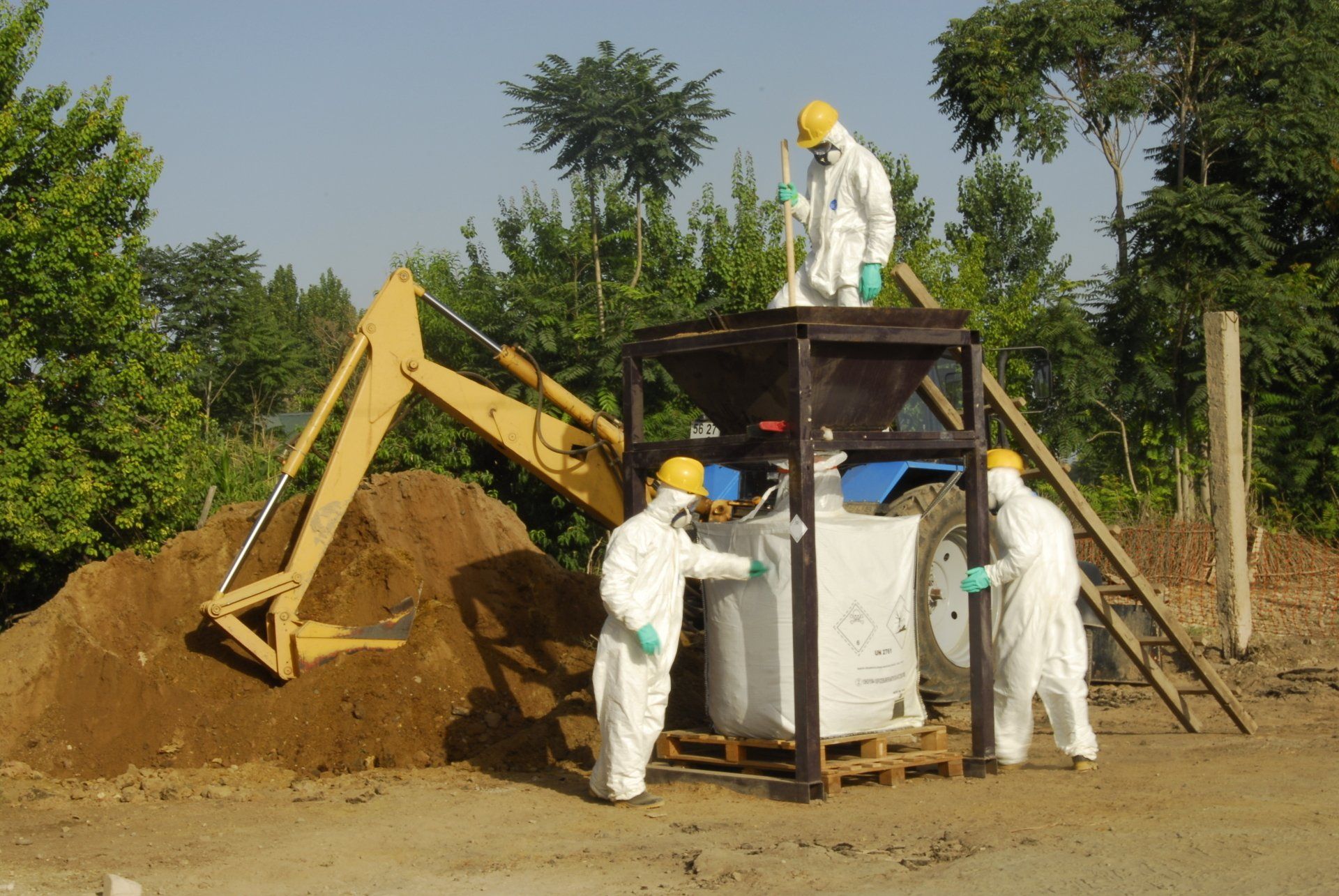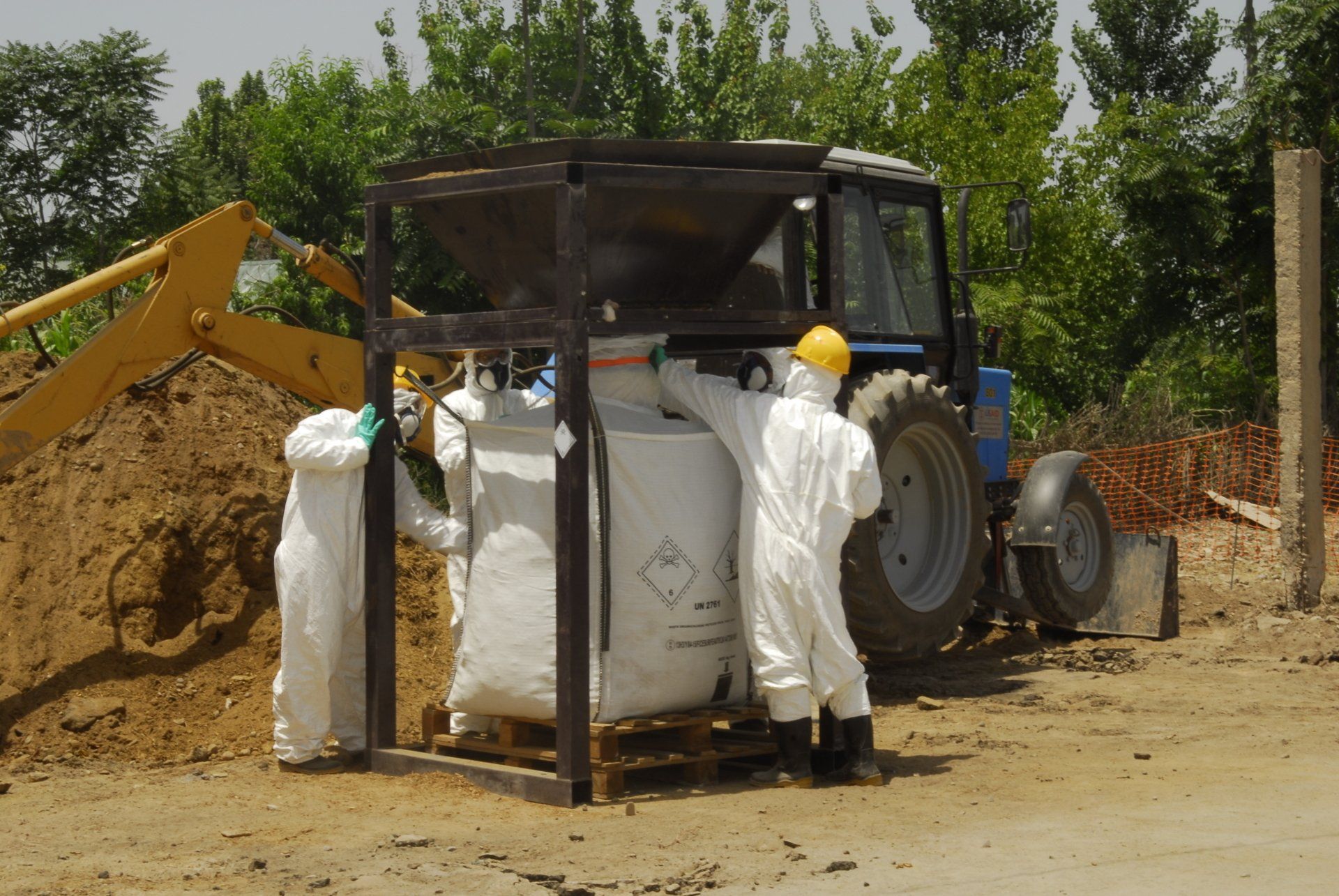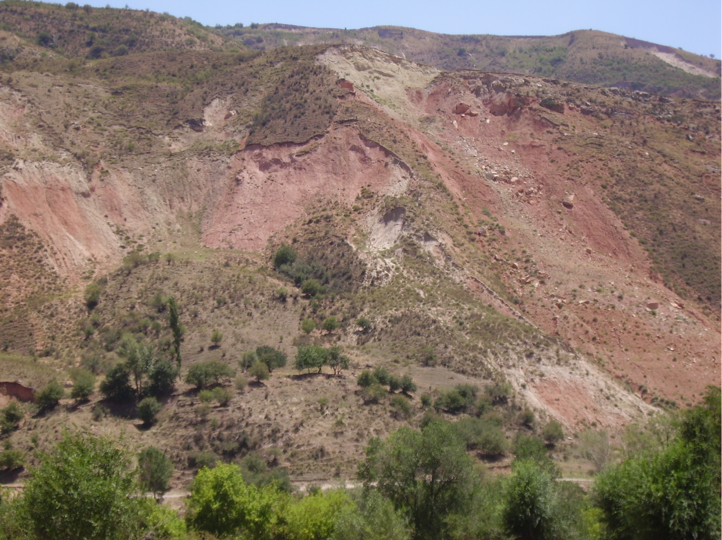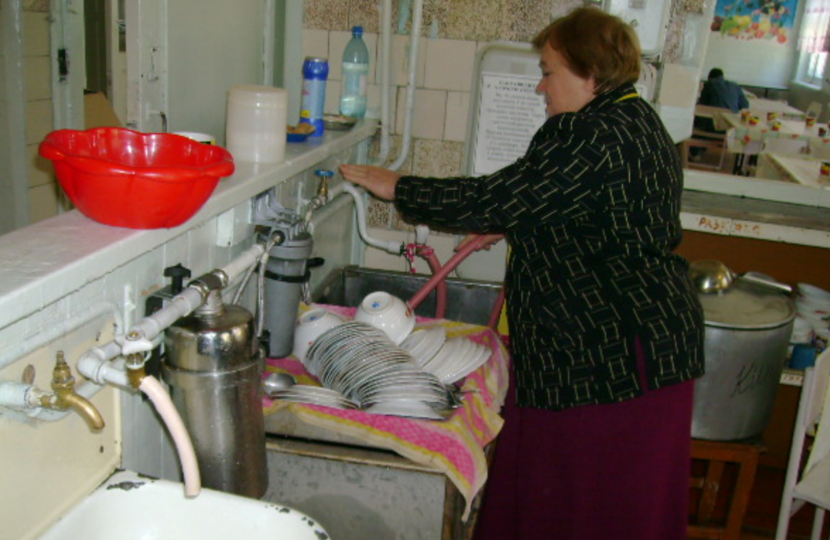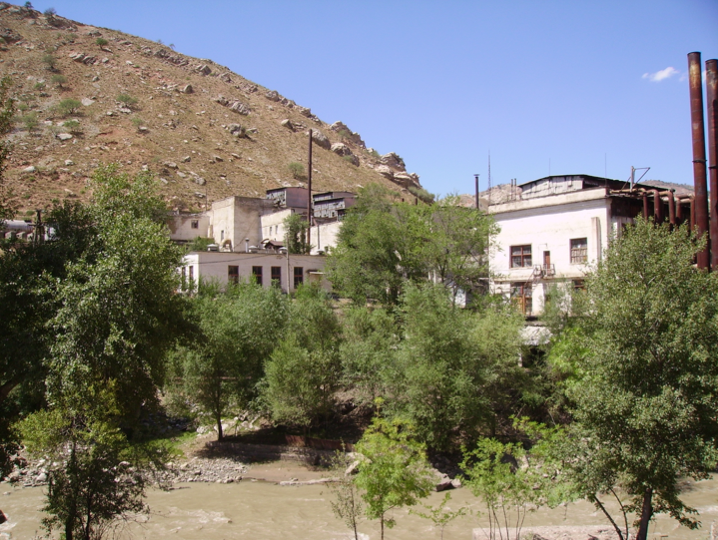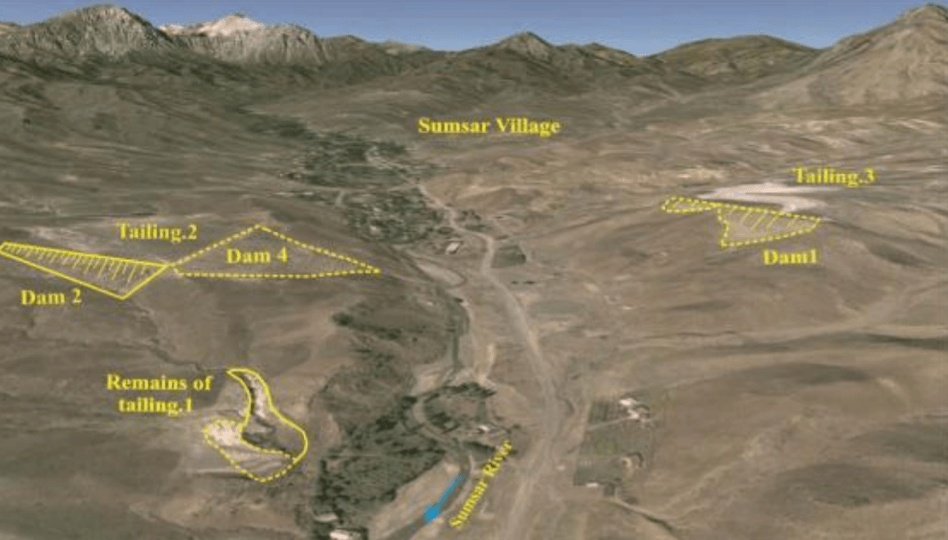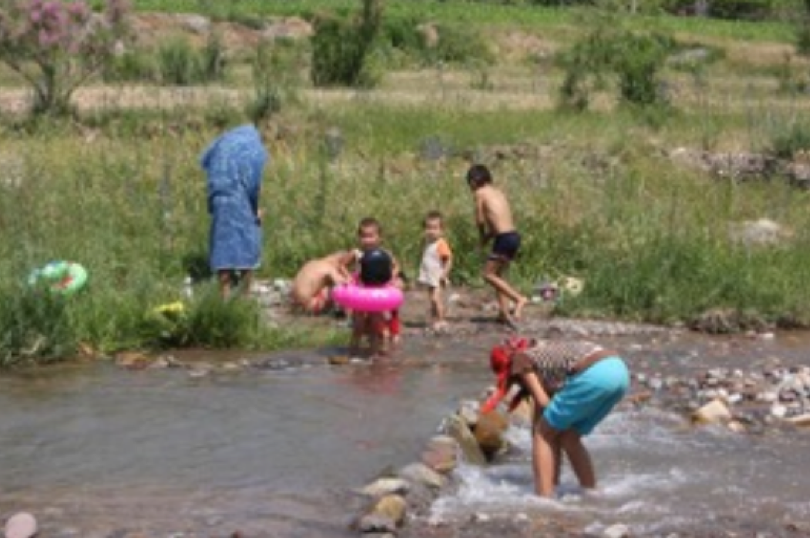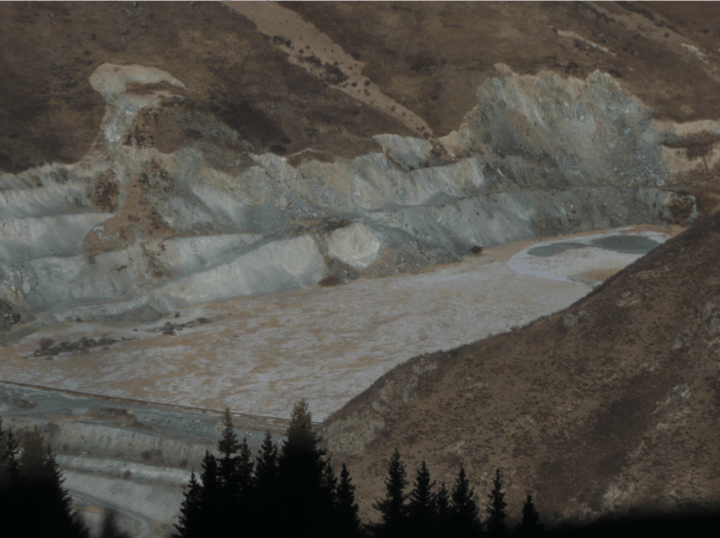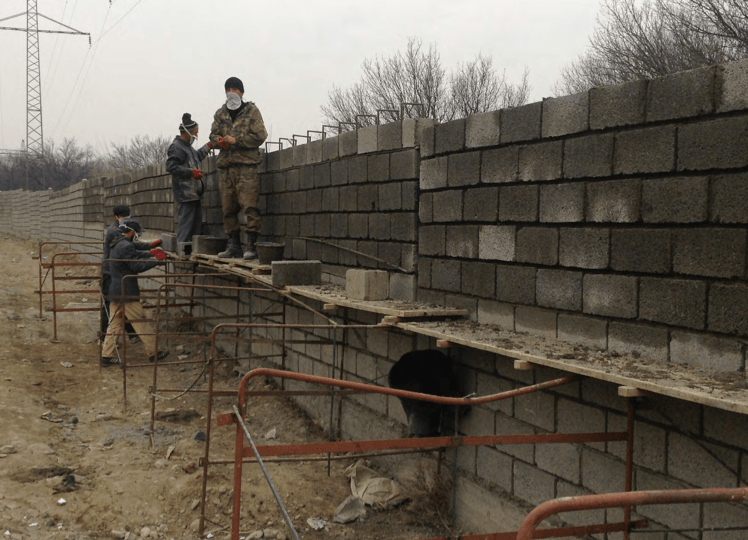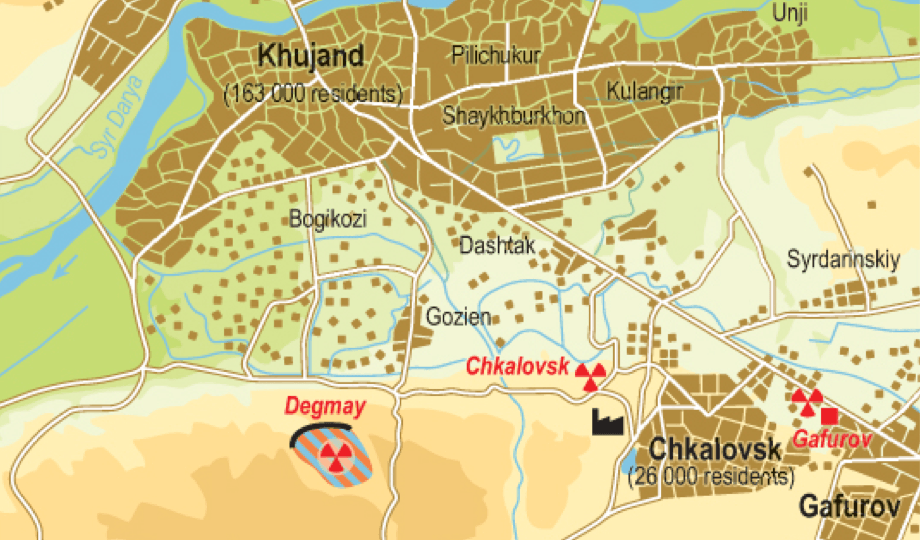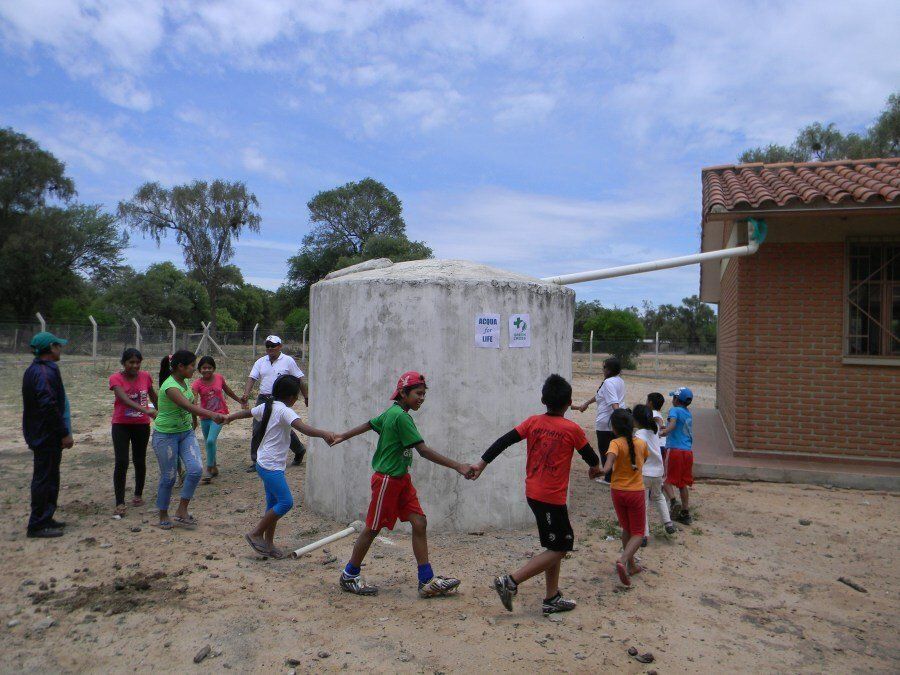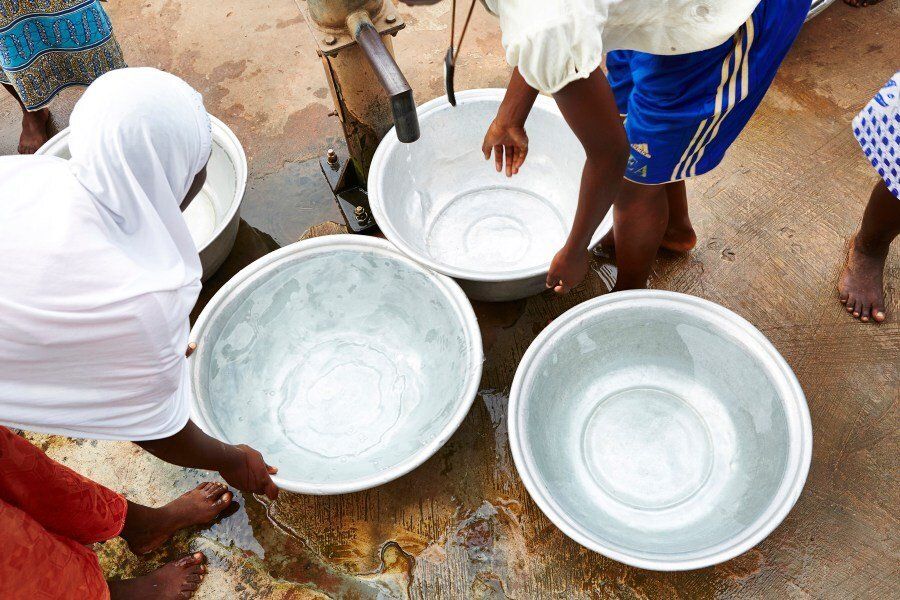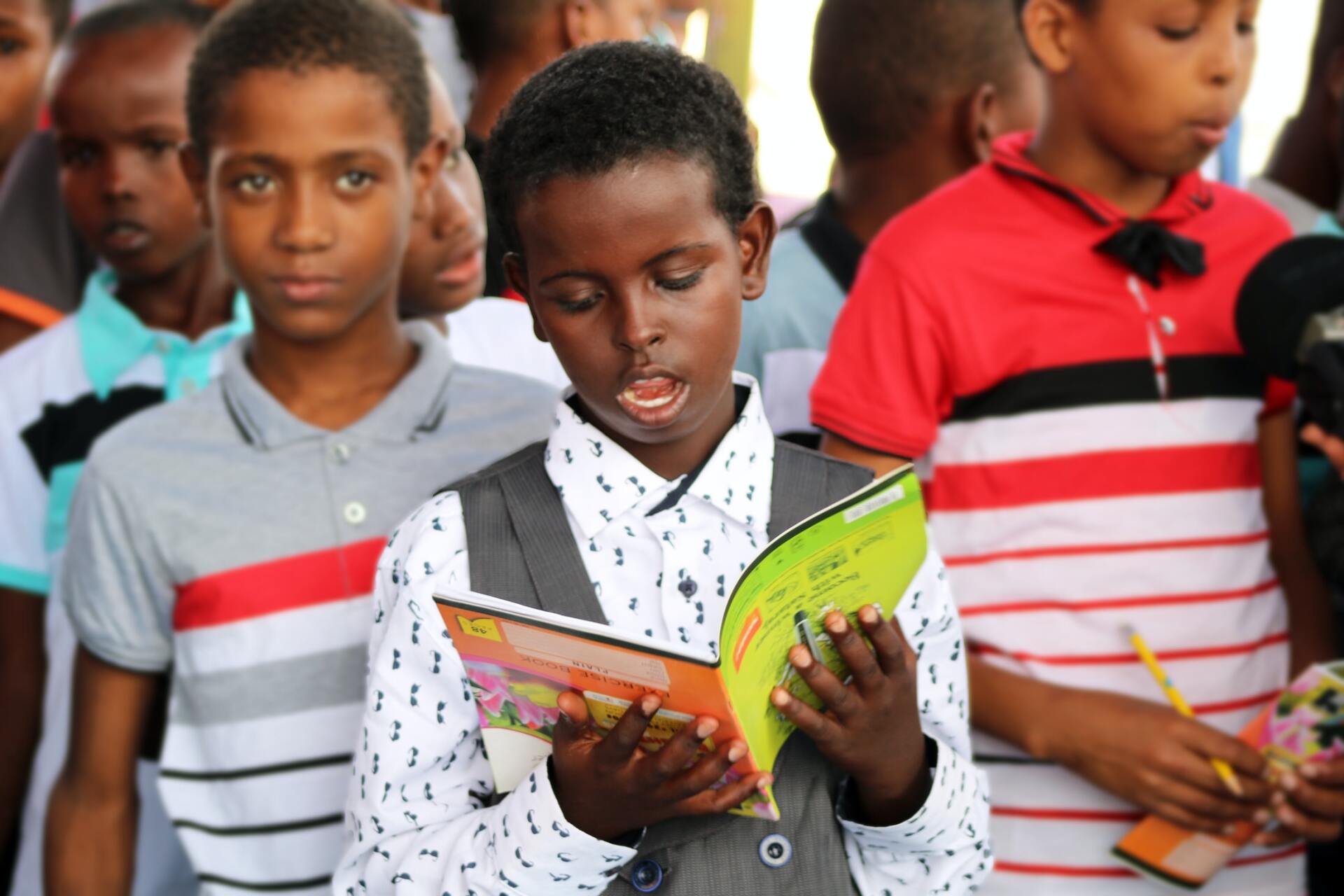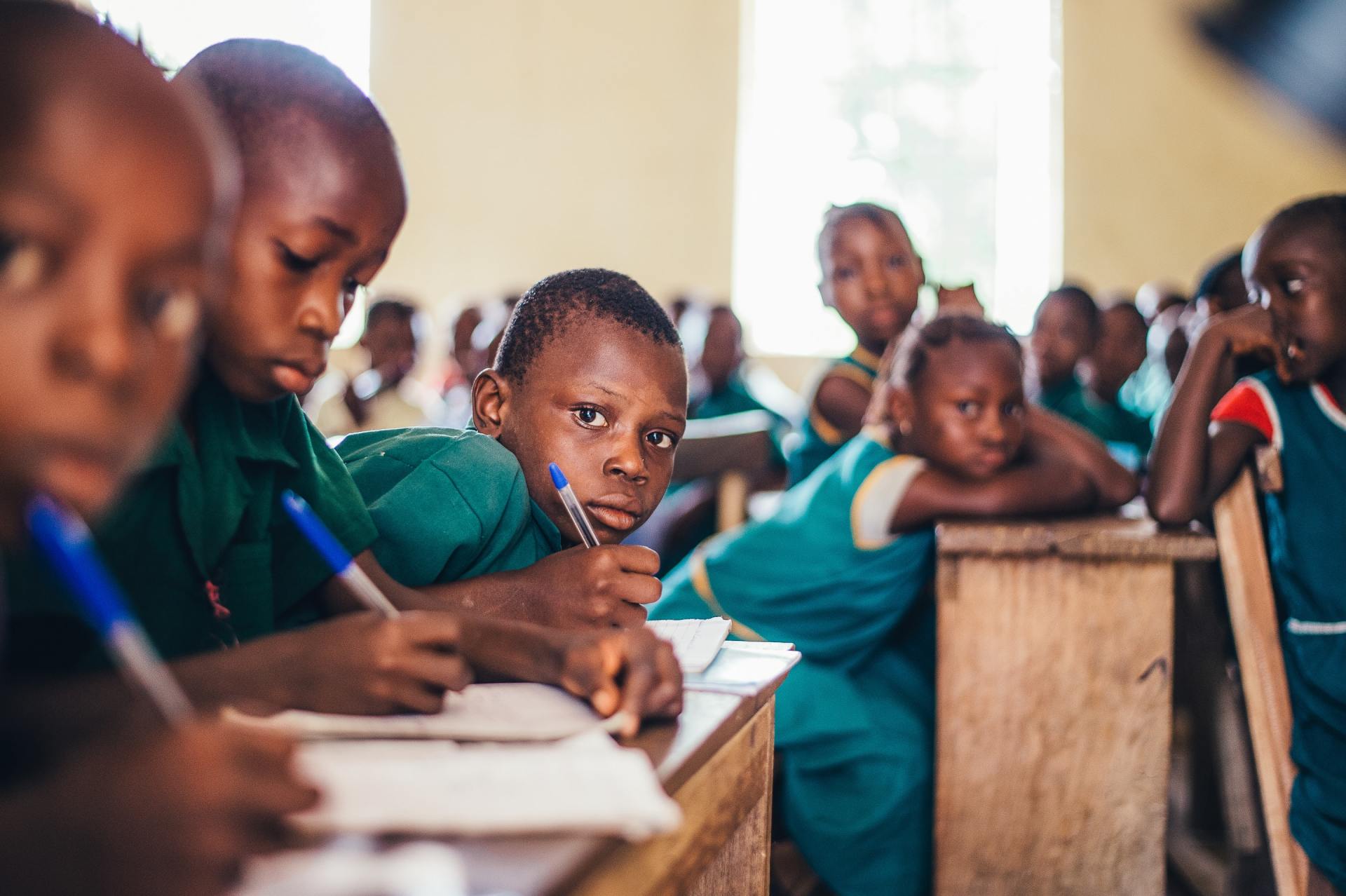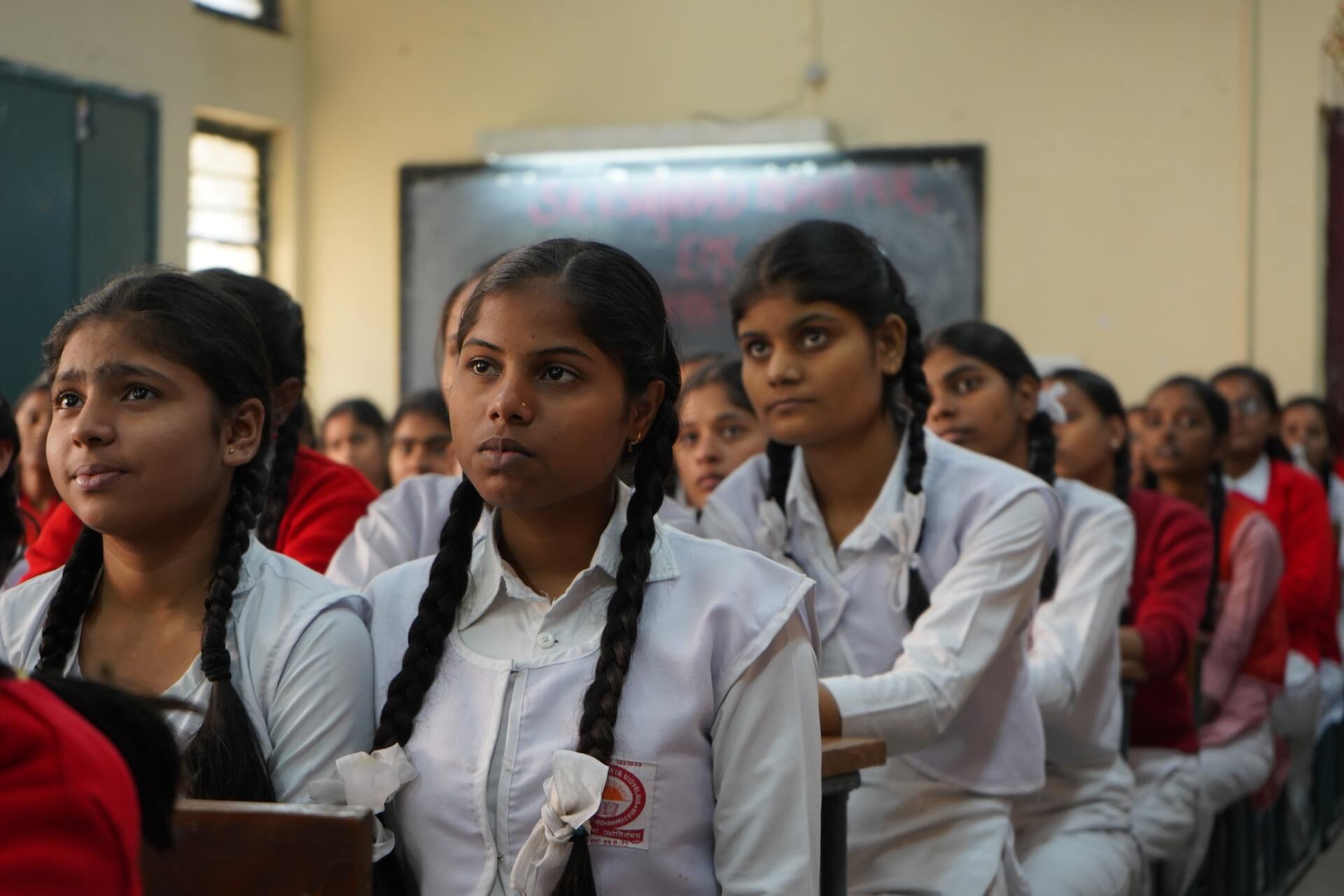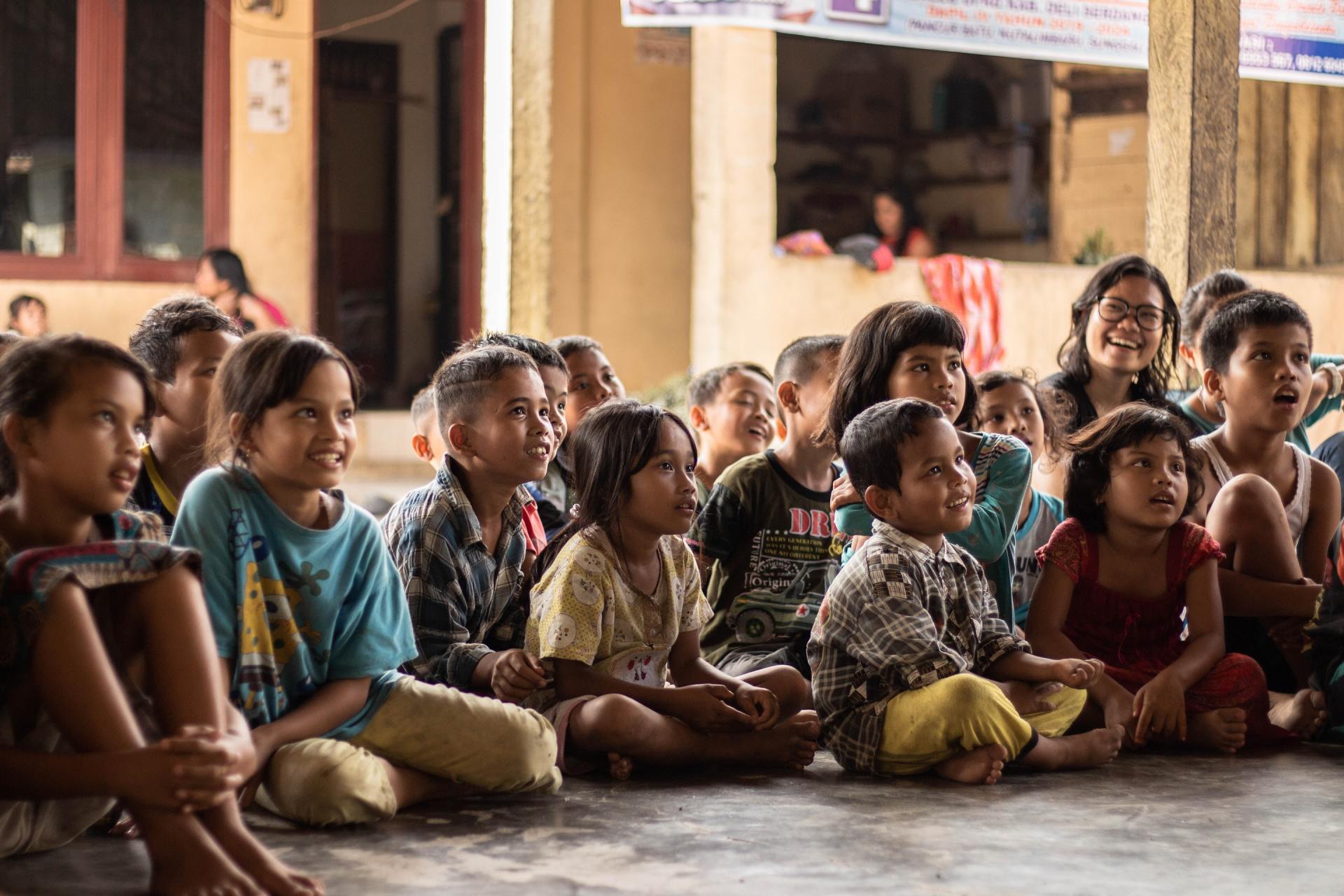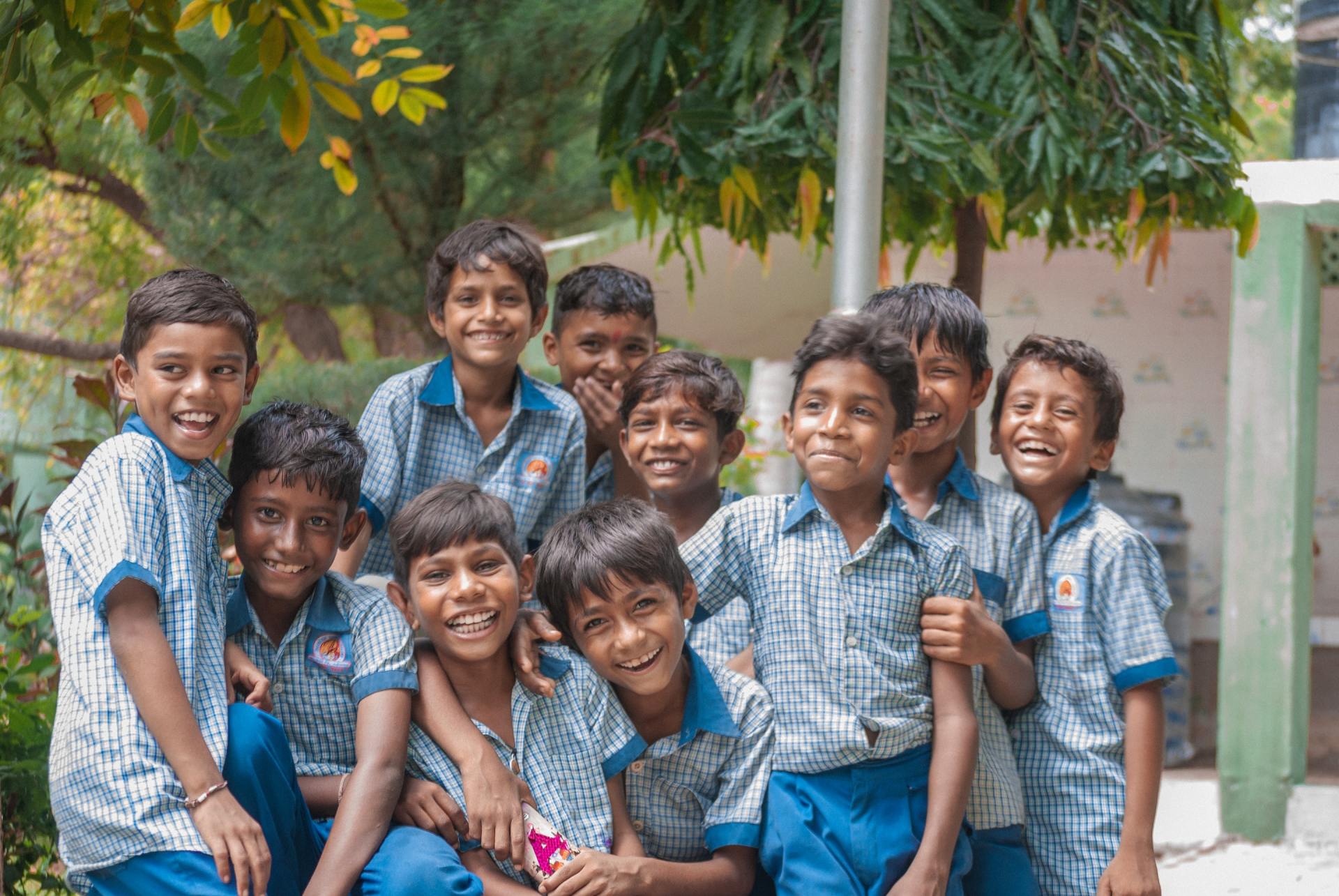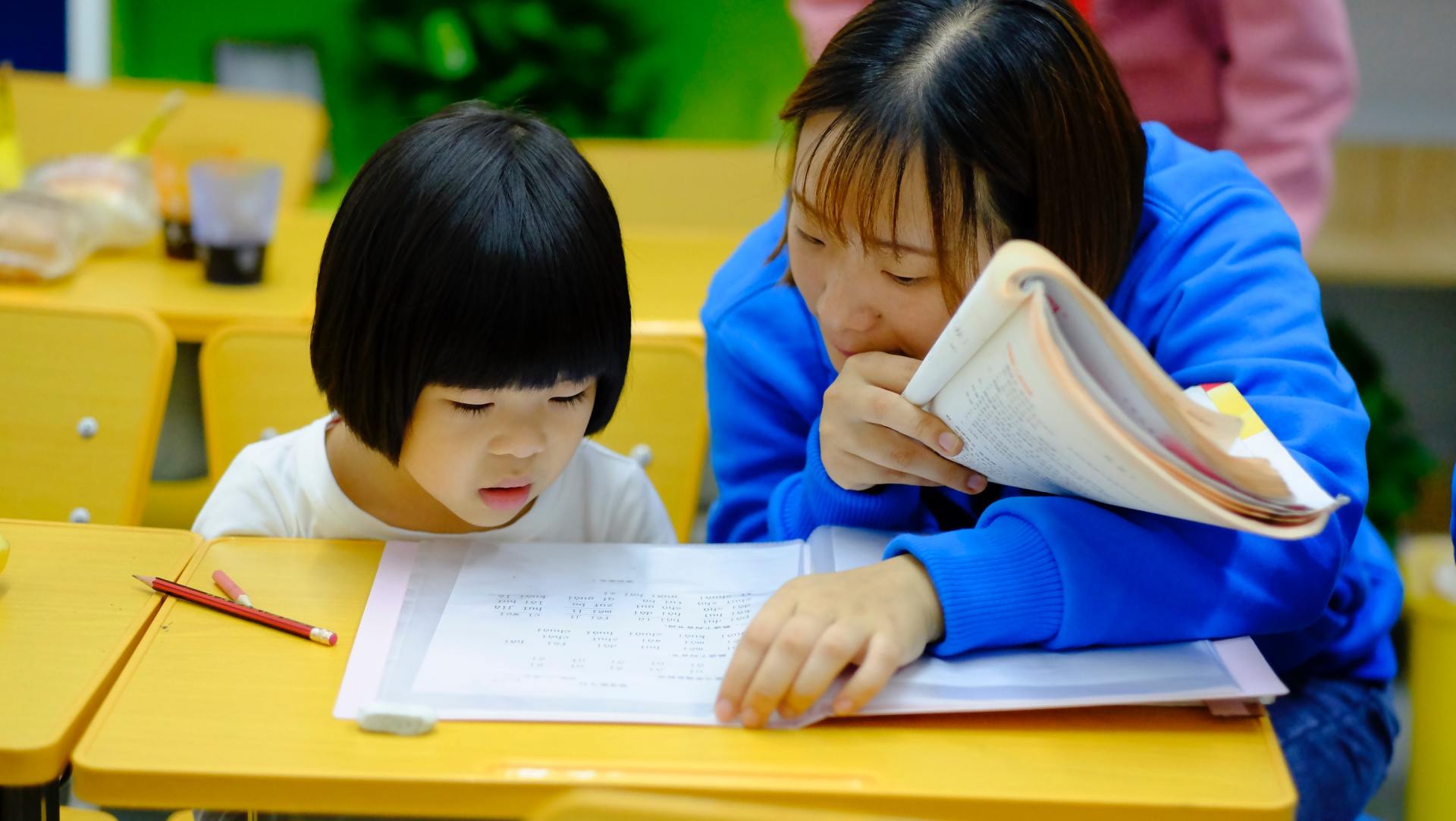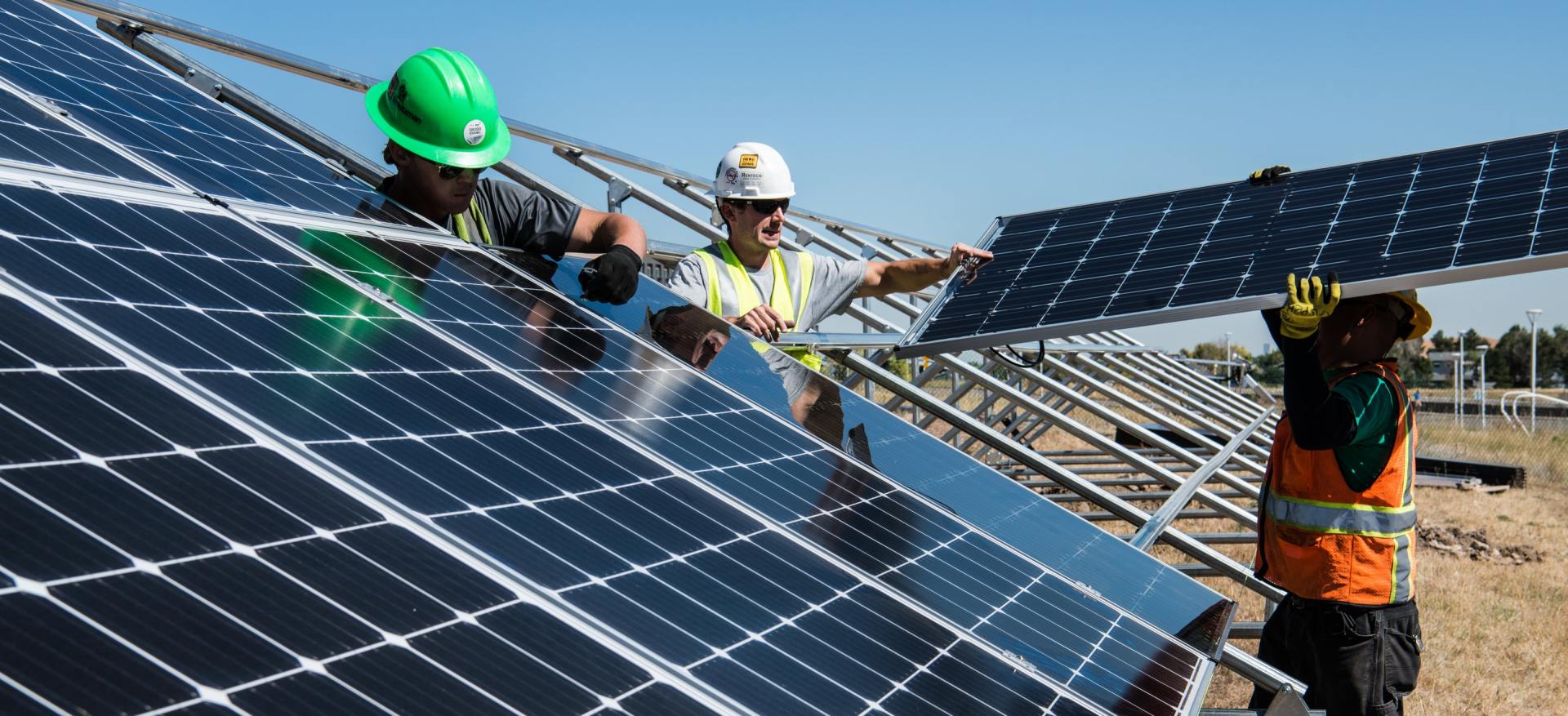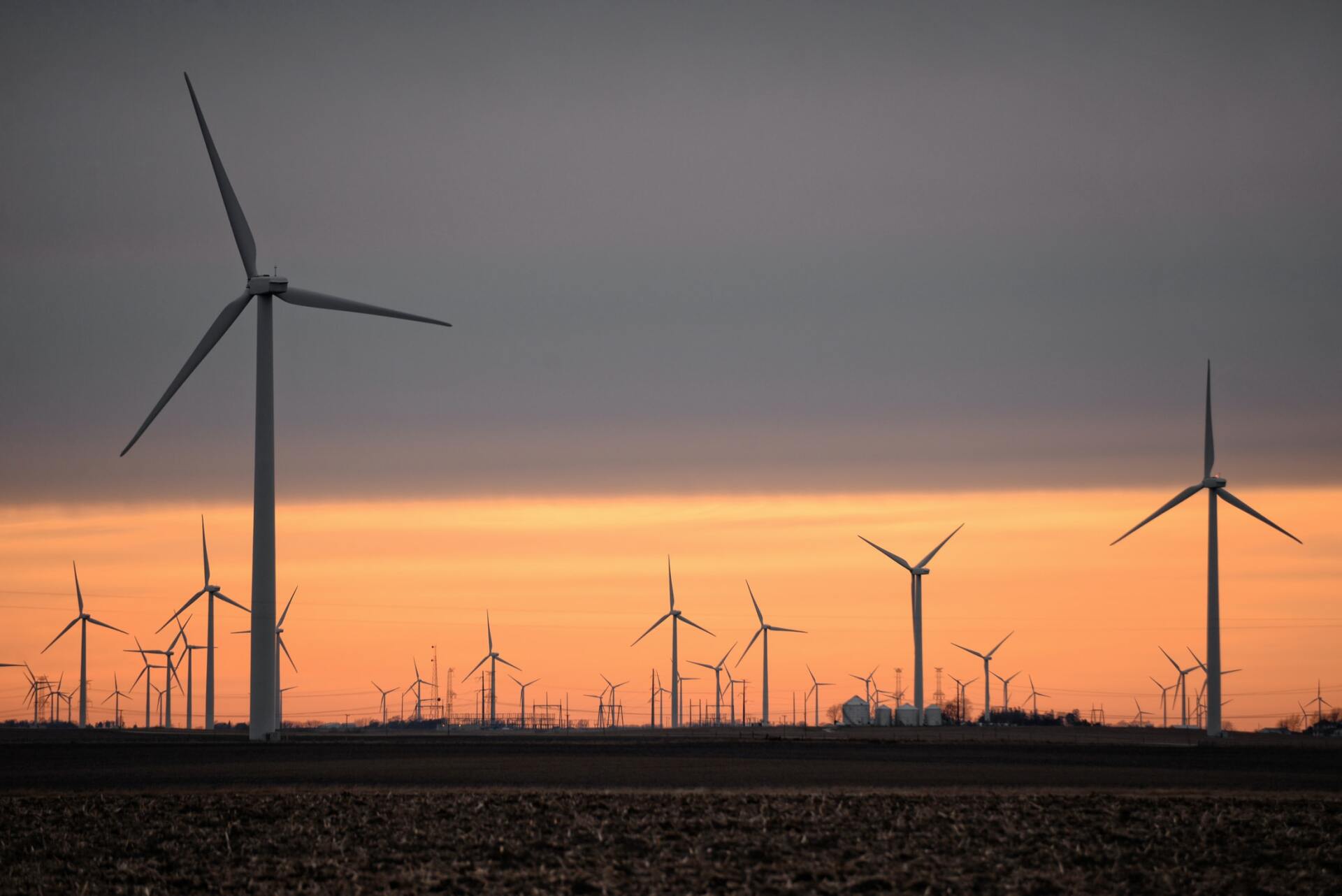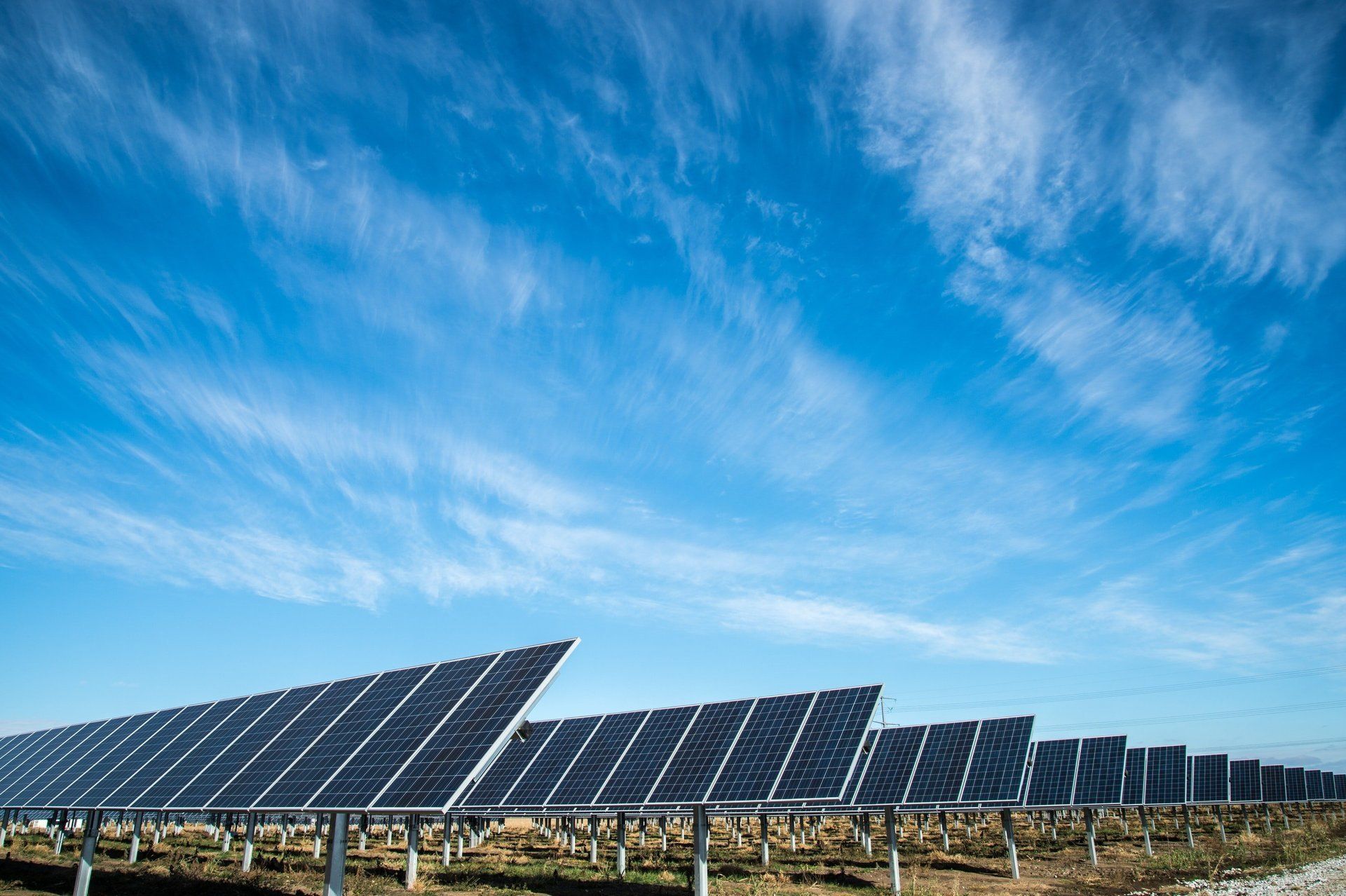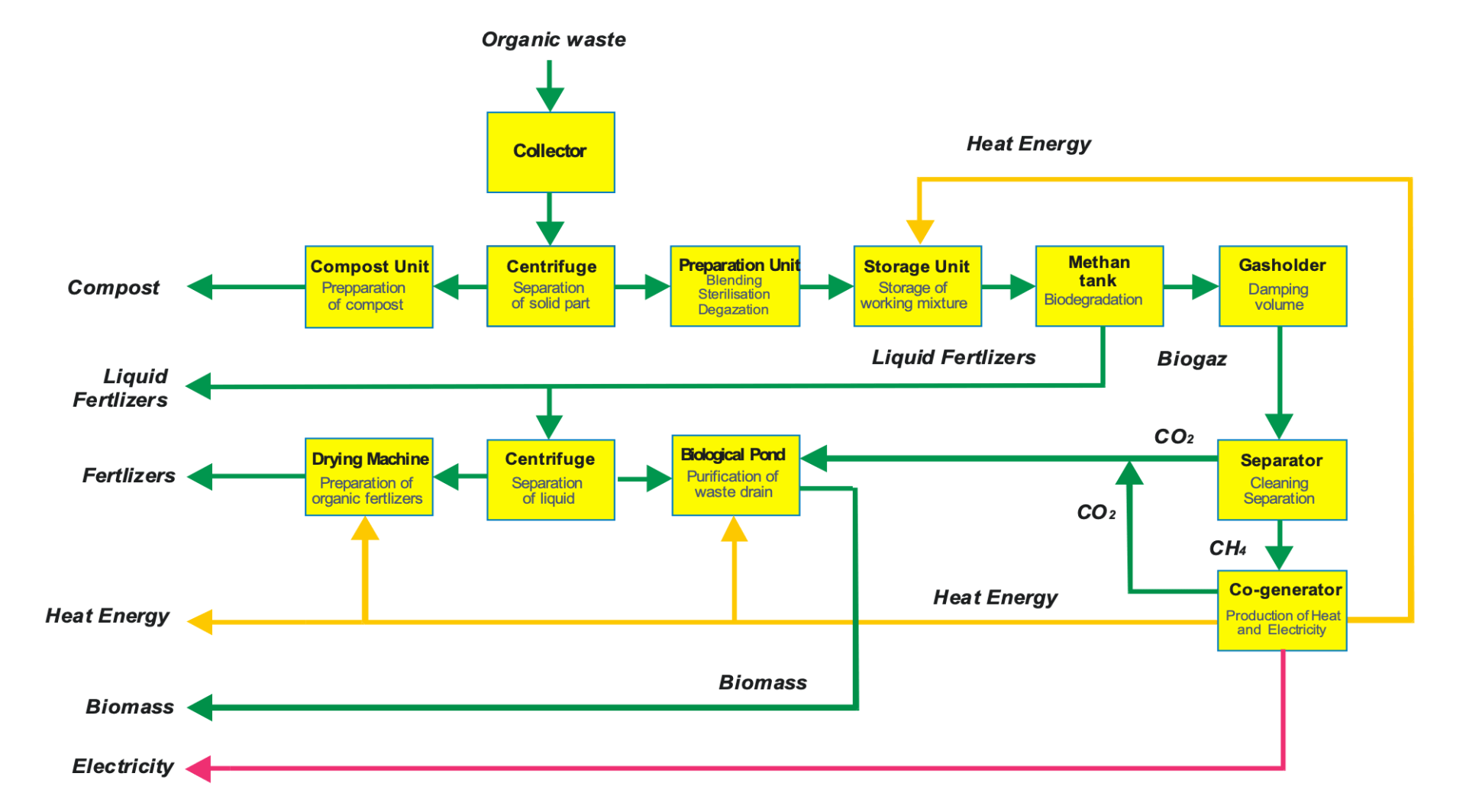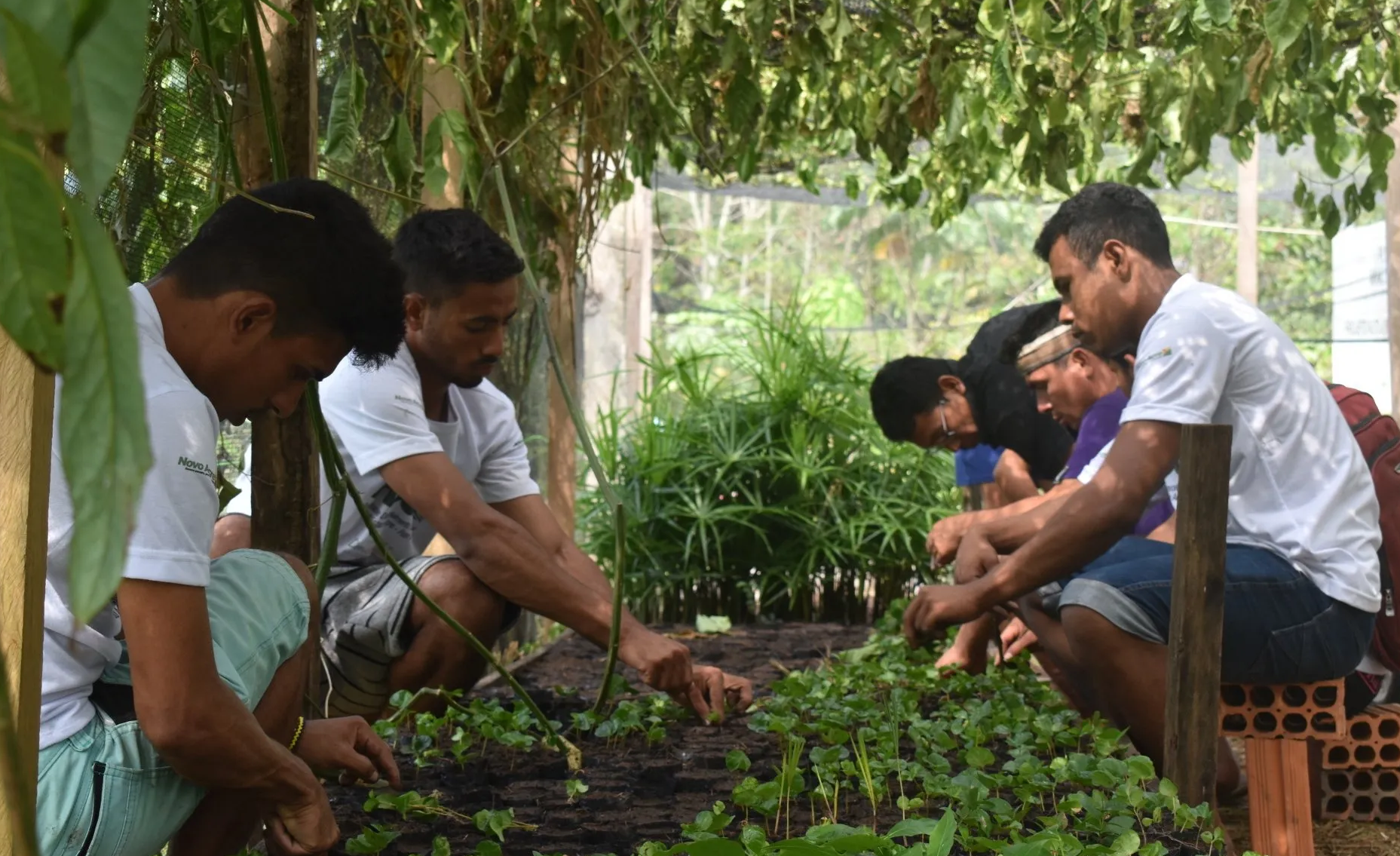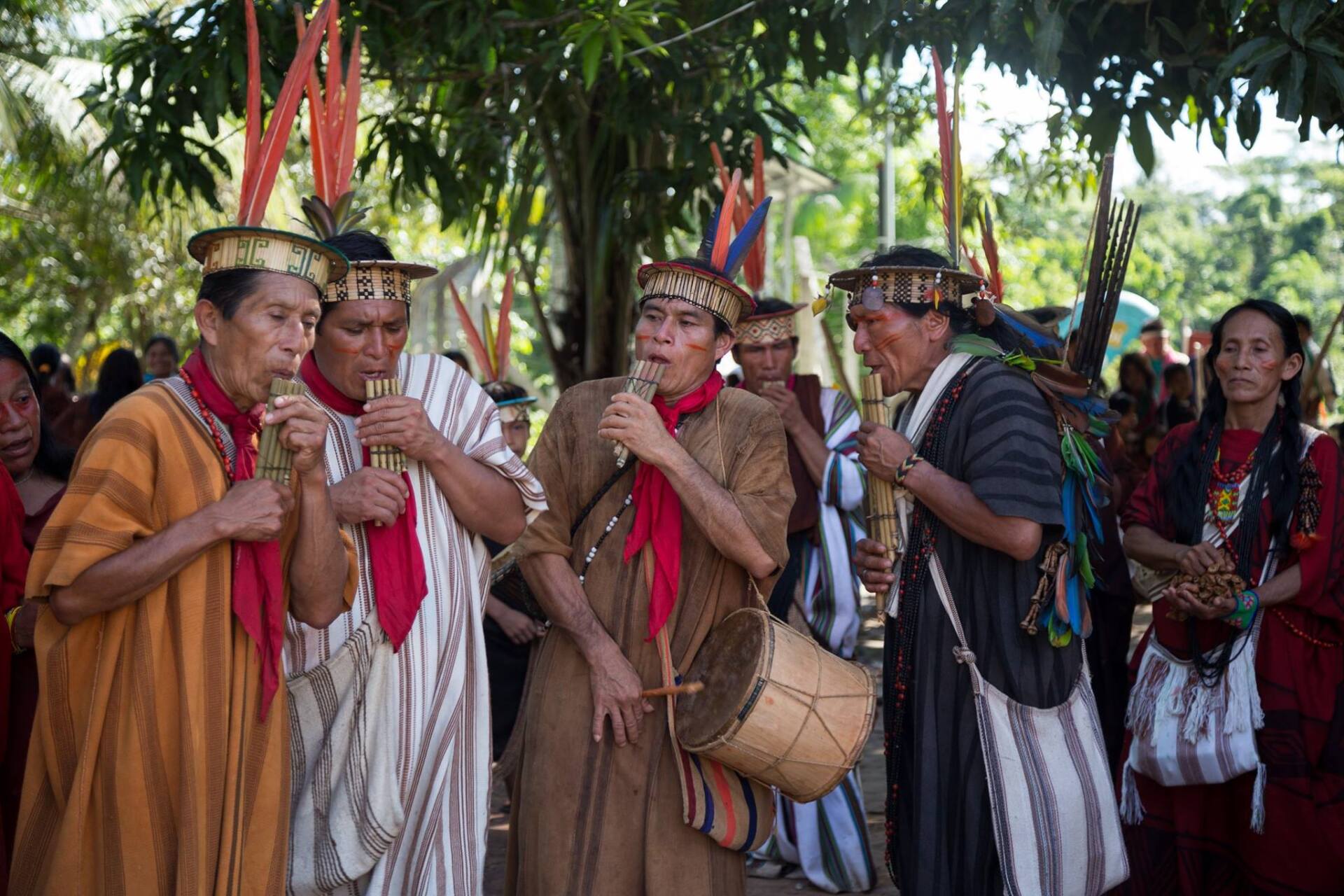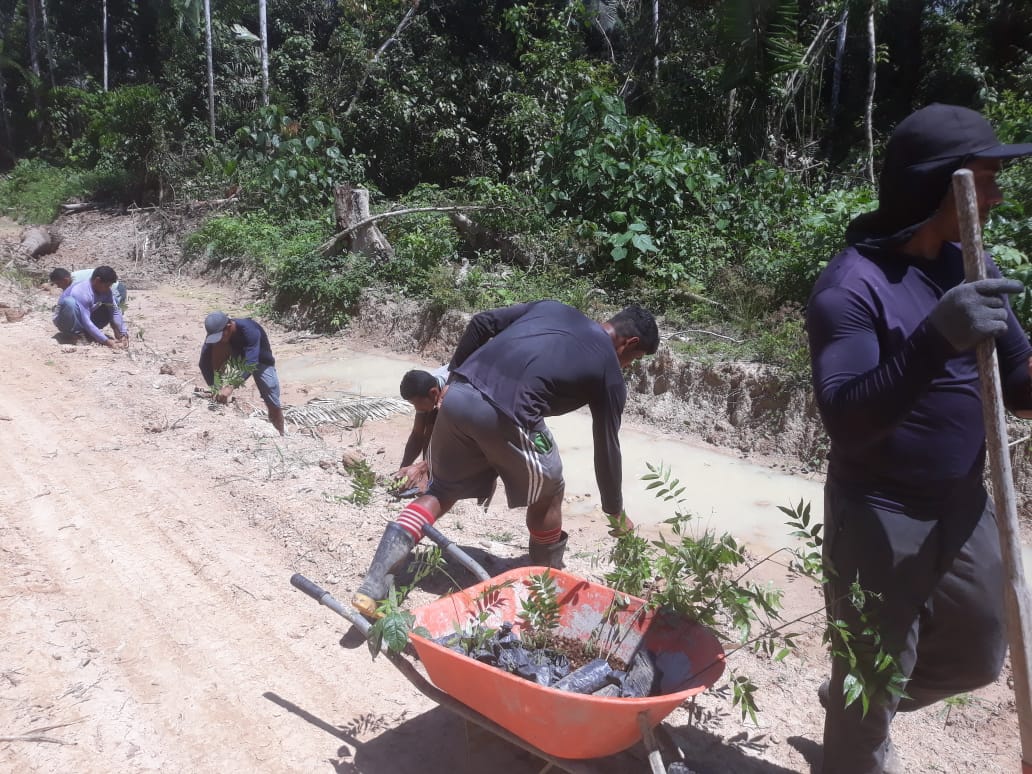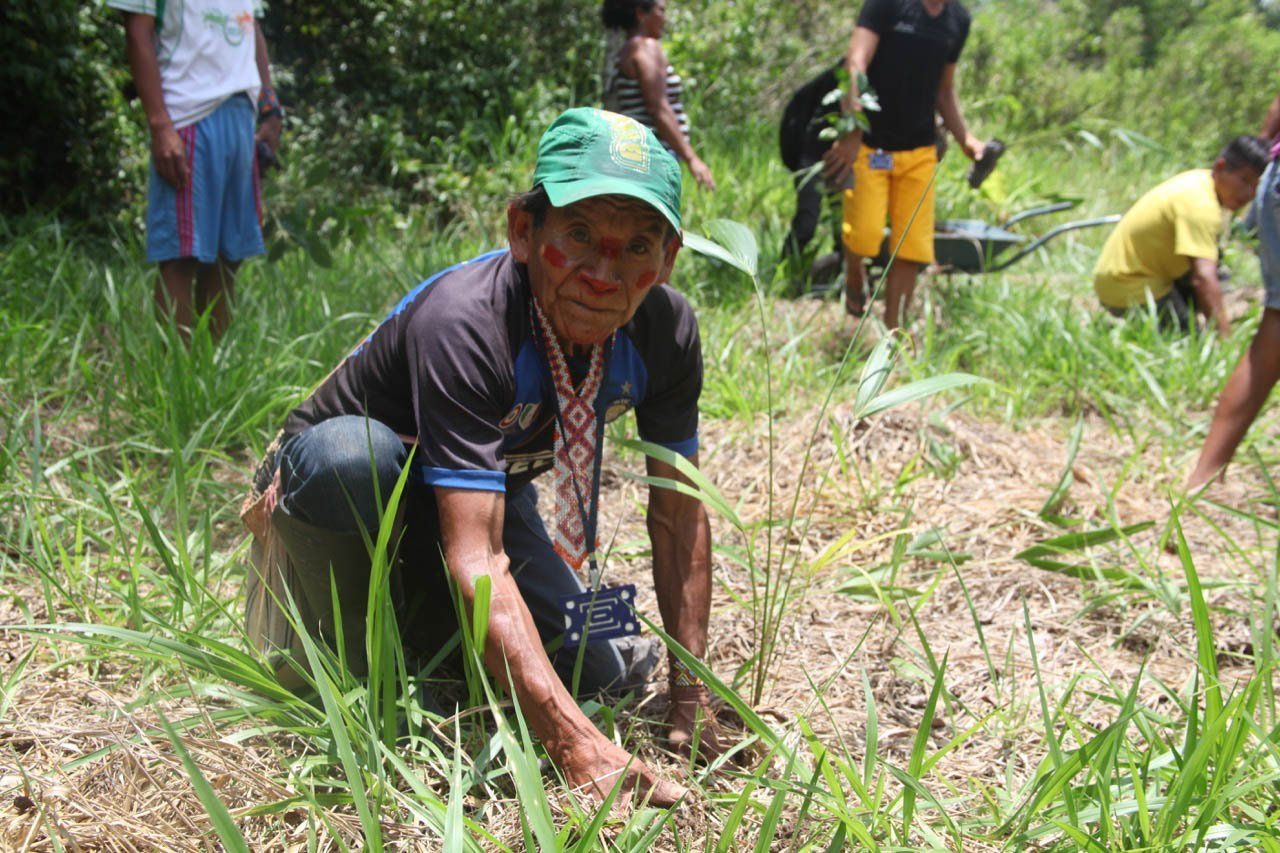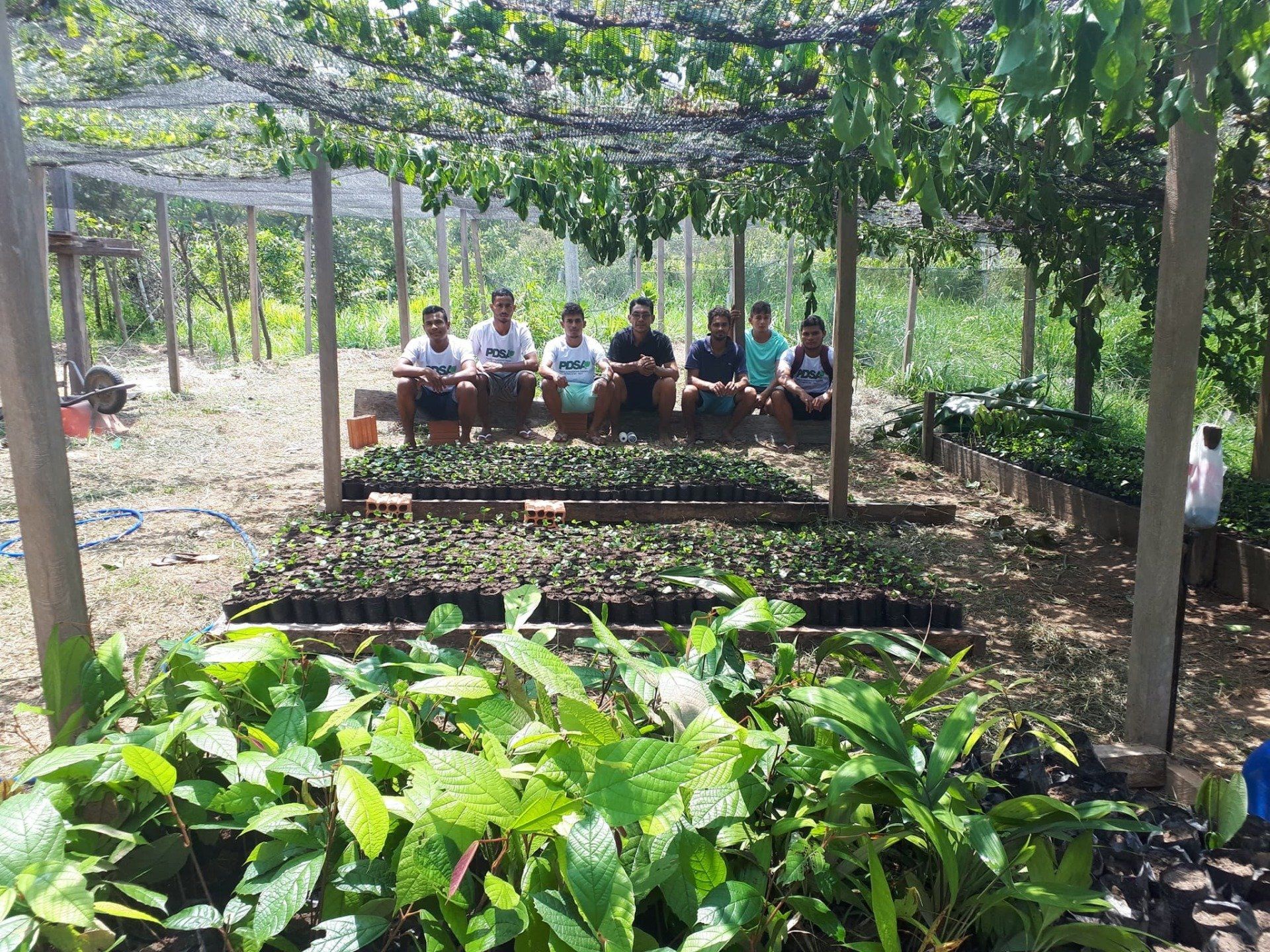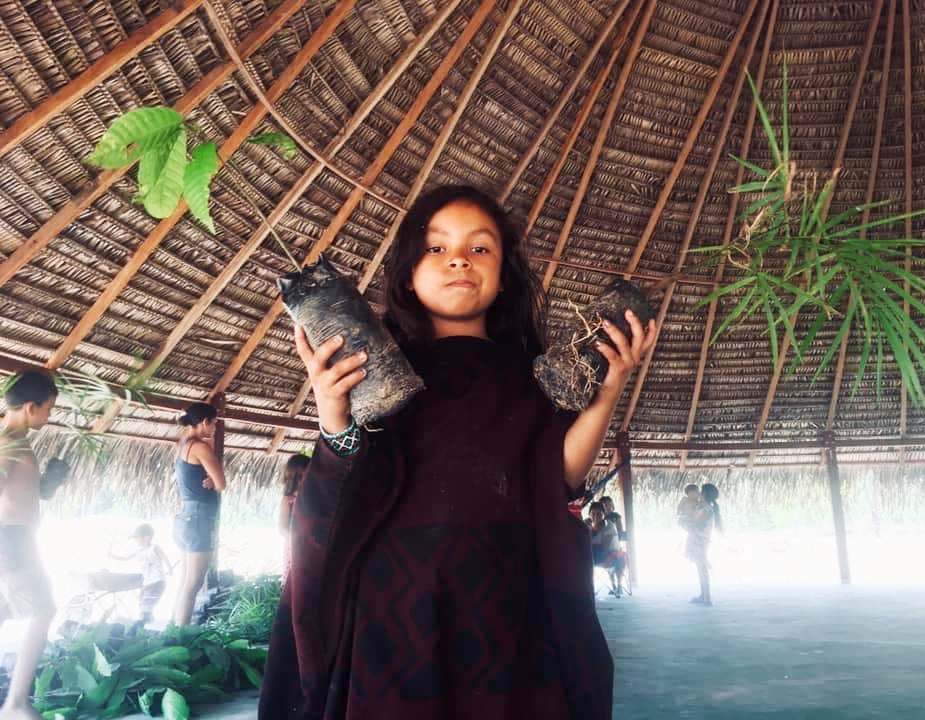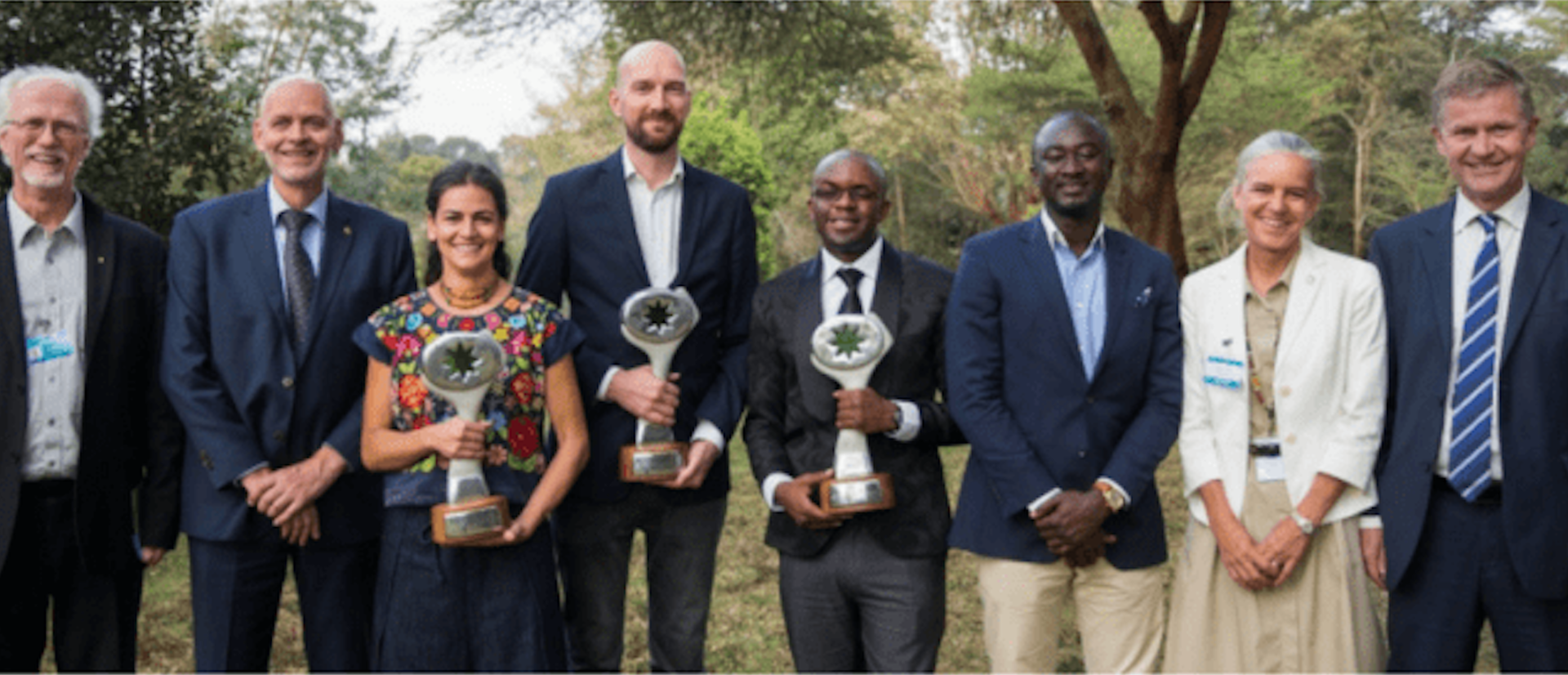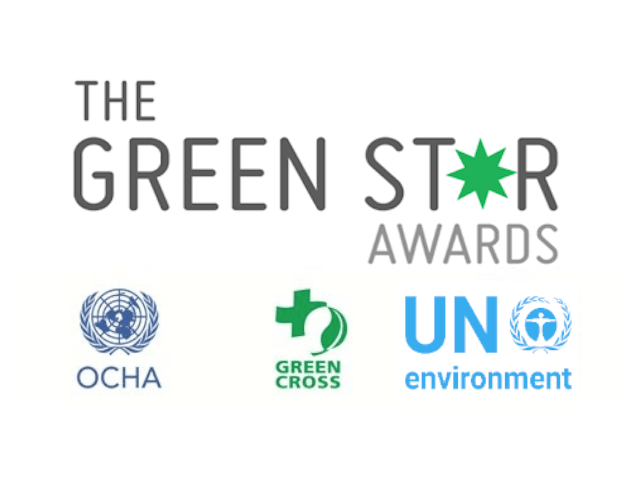Green Cross in the world
Green Cross International is working holistically through the program pillars
WHAT WE DO
We work within the integrated programmes, to find the very best solutions for create a road for the future
“I believe in the cosmos. All of us are linked to the cosmos. So nature is my god. To me, nature is sacred. Trees are my temples and forests are my cathedrals. Being at one with nature.”
― Mikhail Gorbachev
Environmental Education
The Green Lane Diary
Green Cross Japan (GCJ) launched the Green Lane Diary project in 1999 to promote environmental education for children in Japan. For 2 months, elementary school students – ages 6 to 12 – keep a log of their sustainable activities, related thoughts and observations. This environmental diary raises the children’s awareness of their impact on, and the importance of caring for our planet in their daily lives.
Since its launch, a number of other Green Cross National Organisations (GCNOs) have adopted the environmental diary. Green Cross Sri Lanka (GCSL) has been running the project since its own launch in 2005. Green Cross Australia implemented the diary from 2010 to 2013, and Green Cross Korea from 2011 to 2013.
The Green Lane Diary consists of two parts. The first part is a “Guidebook” from which students learn about various environmental themes such as water, energy, wastes, climate change, SDGs, etc., as well as what they can do in their daily lives to protect the environment. The second part is the “Diary Pages” that has columns for 2 months, in which students keep a record of their daily actions and observations to protect the environment.
Each year in Japan, around 100 000 students work on the Green Lane Diary. The project is officially recognised by the Japanese ministries of the Environment, Education, and Foreign Affairs. In the 19 years since its start in 1999, to its most recent run, around 1.5 million children have joined the Green Lane Diary.
To encourage students and recognise their achievements, the Green Lane Diary Contest is held each year, and their best works are praised in an award ceremony.
In Sri Lanka, 8 000 Grade-5 students (10 years old) participate each year in the Green Lane Diary. Like in Japan, GCSL holds the Contest and award ceremony annually. The top students even get to travel to Japan and attend Japan’s award ceremony, and to exchange their views on the environment with their Japanese peers.
Since the start of the environmental diary project, nearly 2 million children around the world have learned about the importance or caring for our planet through the Green Lane Diary. The grand scheme is to increase the number of people who will have started caring for the environment from childhood, and who will grow up to be even better stewards of The Earth, for the benefit of future generations. This is what the Green Lane Diary is all about!
Green Cross Youth
Music is a positive force that unites people across all borders
Green Cross Youth is the youth branch of the organization. We want to spread knowledge about the environment, sustainable development and peace to the younger generation. We make the green more beautiful! If you are tired of all the mossy old environmental elves but still want to contribute to something important and current, then this is the organization for you. The environmental problems are relevant for us young people because the consequences affect us. If we think about the environment, it's really about everything. This means that the environment is also about you and me. Decision-makers who control and set in today's society have already lived half their lives. After all, it is the young people who will take over and lead society in the future. We can already make wise choices by being aware of our own lifestyle, what we choose to consume and how we choose to invest our time and commitment!
Get involved now!
Are you passionate about environmental issues, creative and want to use your talents to make the world a better place? Are you interested in culture, music and events? Then you should join us. We at Green Cross Youth run exciting, independent projects and are involved in events that combine culture with peace and environmental issues. Join and contribute to changing our world by spreading knowledge and inspiration. We are all different but each of us has something unique to give. We put the environment in a context where we can in good conscience arrange cultural events such as concerts, art exhibitions and other festive happenings.
Earth Charter
A call to action and holistic guide for all human activity on the planet
The Earth Charter Declaration is holistic with guiding principles that are a road map towards an ethical foundation for building a just, sustainable and peaceful global society in the 21st century. It aims to inspire an awareness of global interdependence and shared responsibility for the well being of the whole human family, the greater community of life, and for future generations.
The Earth Charter reflects humanity’s spiritual and intrinsic relationship to our Mother Earth, our life source and planetary home, as well as all other fellow life forms. It is the most comprehensive document ever to exist.
The Earth Charter and Green Cross work holistically. As Mikhail Gorbachev once said, “The mission of the Green Cross is threefold: We must awaken humanity to the environmental crisis on Earth. We must change from (our consciousness) within. We must work together with all sectors of society and over international borders.”
Read The Earth CharterDeclaration
How the Earth Charter began
The idea to bring forth an ethical strategy for a sustainable future, for environment and development and the survival of humanity began in the year 1987 by Maurice Strong and Mikhail Gorbachev, as members of the Club of Rome. That same year the United Nations World Commission on Environment and Development, known as “the Brundtland Commission”, called for a new charter to guide the transition to sustainable development. In 1992 at the Earth Summit, in Rio de Janeiro, the call for the charter was urged by then Secretary General Boutros Boutros-Ghali. A consensus was achieved and the Earth Charter was anchored in the statement of Rio Declaration.
In 1994 Mikhail Gorbachev, as President of Green Cross International, and Maurice Strong, as Secretary-General of the Rio Earth Summit, continued to lead the way. Togther with their respective organizations (Green Cross International and the Earth Council) they launched the next phase of development for the Earth Charter, and which most importantly became a civil society initiative. This initiative was also supported Dutch Government.
An independent Earth Charter Commission was formed in 1997 to oversee the development of the draft text, and to analyze the outcomes of a world-wide consultation process.
The drafting of the Earth Charter is historical. It became the most inclusive and participatory process ever associated with the creation of an international declaration by the global community. It is the result of a decade long, worldwide and cross cultural dialogue.
In the year 2000 the Earth Charter was launched as a people’s charter with a guiding ethical framework by the Earth Charter Commission, an independent international entity. It is endorsement by over 5000 organizations worldwide, including governments and international organizations. Today people around the world are part of the Earth Charter global movement.
An increasing number of international lawyers recognize that the Earth Charter is acquiring the status of a soft law document. Soft law documents like the Universal Declaration of Human Rights are considered to be morally, but not legally, binding on state governments that agree to endorse and adopt them, and they often form the basis for the development of hard law.
As humanity stands at the crossroads faced with many pending planetary crises, from climate change to humanitarian catastrophes, we must reexamine our values and change directions on new road forward. At a time when international partnership is increasingly necessary, the Earth Charter encourages us to search for common ground in the midst of our diversity and to embrace a new global ethic that is shared by an ever-growing number of people throughout the world. At a time when education for sustainable development has become essential, the Earth Charter provides a very valuable educational instrument
As laid down by President Gorbachev, the Earth Charter is ethical foundation of Green Cross International and its programmes and the Green Cross mission. The Green Cross countries work to promote the Earth Charter as a call to action, which complements and empowers all other environmental frameworks, such as the United Nations Sustainable Development Goals.
What is the Earth Charter declaration?
The Earth Charter is a declaration with sixteen principles with guidelines for all human activity. It acts as a holistic blueprint of an ethical foundation for actions to build a more just, sustainable, and peaceful global society in the 21st century. It articulates a mindset of global interdependence and shared responsibility. It offers a vision of hope and is a call to action.
The Earth Charter document starts with the Preamble, followed by the four pillars: Respect and Care for the Community of Life, Ecological Integrity, Social and Economic Justice, and Democracy, Nonviolence, and Peace. It concludes with The Way Forward.
Read The Earth Charter
Earth Dialogues
The Earth Dialogues are a series of public forums that bring together civil society and the private and public sectors in the search for solutions to resolve the most pressing and interconnected challenges of insecurity, poverty and environmental degradation. The 7th edition will take place on 3 September, 2013, in Geneva, Switzlerand, as part of Green Cross’s 20th anniversary celebrations.
Launched in 2002 by Mikhail Gorbachev and Maurice Strong, the Secretary-General of the 1992 Earth Summit and Chairman of the Earth Council, the Earth Dialogues represent an integrated strategy to develop and promote a more sustainable way of living.
The overall approach of the events is solutions-oriented, consensus-seeking and aimed at sharing best practices and success stories from local, regional and global experiences. The Earth Dialogues have been held in various countries, with the most recent being in Barcelona (2004), Brisbane (2006), Belo Horizonte (2008), and Geneva (2013).
"It's an honor and privilege to serve as Chairman for Green Cross International. I am proud to support our mission to help safeguard this amazing planet and stand behind President Gorbachev's desire to create "Green Cross" to protect our planet (Mother Earth) from the harmful effects of global warming."
- William Bridge
Health Care
Malformations. Cancers. Blindness. Weak immune systems. The health impacts of environmental disasters are many, which means the response also must be multi-faceted. Green Cross and its SOCMED programme delivers a range of health care interventions aimed at healing children, youth, families and communities affected by radiation accidents and exposure to dangerous chemicals.
Therapy camps provide children with clean environments and vital treatment. The innovative Health for the Future programme provides a wide range of preventive and treatment services with a focus on people directly exposed to such radiation and chemical contamination, as well as the generations to come.
Green Cross provides medical treatment to children in the Chernobyl region and rehabilitation, prosthetics and other devices to youth with disabilities in South-East Asia.
Health for the future
Years after the reactor explodes or the poison is spread, the threat lingers on in communities, water sources and food chains. The Health for the Future project is designed to provide continuing medical servies for future generations of people exposed to such emergencies.
Green Cross maps the health profile of affected communities, providing a valuable picture of key intereventions needed. We provide breast screening and other health promotion and disease prevention services, educate on hygiene improvement and demonstrate how to reduce radiation in the human body and foods.
Green Cross also responds to major health needs, whether through mobile teams that provide routine and emergency medical care, or orthapedic and rehabilitation services for children in several countries in South-East Asia affected by Agent Orange or in the former Soviet Union that were impacted by the 1986 Chernobyl emergency.
Related content:
Camps
Children are the innocent victims of manmade disasters and need special care to help recover. Green Cross conducts a series of “camps” every year that support hundreds of children with health services as well as advice and information on how to adapt to and live healthily in contaminated areas.
Green Cross provides children affected by the Chernobyl catastrophe with health and social care, clean environments and positive support through therapy, education and exchange camps, such as the European Union-sponsored Youth In Action initiative.
The Green Cross camps have been helping improve the physical and psychosocial health of children living in ecologically hazardous regions of Belarus, Ukraine and Russia. Trained staff and medical practitioners carry out detailed clinical and laboratory examinations, along with psychological and psychometric studies, of children. They design individual rehabilitation plans for each child for the whole year. Conventional and non-conventional methods of therapy, including aromatherapy, are used within the camp programmes.
Treating children with disabilities
Children are among the most vulnerable people in emergencies, and the harm they suffer can have lifelong impacts. Green Cross helps children overcome these physical scars through a wide range of medical and rehabilitative services.
Malformations and damage to limbs is one such area that Green Cross responds to. In South-East Asian nations and the countries affected by the Chernobyl disaster, Green Cross supports surgical procedures to help correct malformations, and fits children with prosthetic limbs to support them to play active roles in their communities.
In South-East Asia, Green Cross has enabled more than 2,000 Vietnamese children and young adults with disabilities undergo surgery and receive orthopedic treatment since 1998. And in neighbouring Laos, dozens of families, including school children and teenagers have received medical and social support since 2011, plus training on health care in Agent Orange-contaminated areas.
In Moldova, SOCMED has helped strengthen local programmes to provide rehabilitative care to children with disabilities. In Belarus, children who are blind or suffering from varying levels of sight impairment, and the local care givers who support them, receive Green Cross assistance in areas of health, education and integration.At the core of our work to help children overcome disabilities is to enable them to integrate effectively into their communities so they can undergo schooling, develop their characters and aspire to reaching their great potentials. We strive to break barriers that can exclude children, due to their disabilities, from various areas of their communities. Empathy, respect, love and dignity are core principles of our work.
Related content:
Social Care
In many cases, the health impacts suffered by people who live through environmental catastrophes are visible. But like the “invisible” contamination that grips towns and cities blighted by radiation, poison and other pollutants, the psychosocial stresses endured by children, women and men are often less apparent to the eye.
Isolation, stigmatization, lack of hope: these causes and more are sources of the mental stress many people in communities living within the radius of the Chernobyl nuclear accident have felt. Similarly in Northern Iraq where poison gas was used against civilians, or in South-East Asia where communities were targeted by Agent Orange.
Green Cross delivers social care activities through a supportive community-based network to help people to deal with the social problems associated with living in contaminated areas. SOCMED promotes the continuous growth of self esteem, self reliance and help.The most vulnerable members of society – children, single mothers and poor families – are the focus of this work. Mother and Child Clubs and the social cooperatives of the SOCMED-programme promote ways for people to alleviate stress.
Education
Communities hit by environmental emergencies need trained specialists to help people respond to the health and social needs that go hand in hand with living in contaminated areas.
Green Cross supports medical workers and volunteers with the transfer of up-to-date knowhow on how best to treat patients under their care.
With the appropriate training, health workers are better able to respond to medical concerns, and also help people prevent chronic diseases or psychosocial disorders developing in the first place.
“I do not see a delegation for the four-footed. I see no seat for the eagles. We forget and we consider ourselves superior, but we are after all a mere part of the Creation. And we must continue to understand where we are. And we stand between the mountain and the ant, somewhere and there only, as part of the Creation.”
― Chief Oren Lyons
Nonproliferation, Arms Control, Disarmament
The ESS Programme promotes the non-proliferation, arms control, and disarmament, with regards to nuclear, chemical and biological weapons as well as related materials and systems.
Nuclear Weapons and Fissile Materials
Over the past year, the ESS Programme continued to participate in the Fissile Material Working Group (FMWG), an international network of NGOs which it helped establish in 2009 to improve fissile material security, by developing actionable policy proposals and pushing governments to implement better policies.
Just as it did in Washington, DC in 2010, in Seoul, South Korea in 2012, and in Amsterdam, The Netherlands in 2014, the FMWG is organizing its fourth major NGO summit meeting, 29-30 March, 2016 in Washington DC, to coincide with the fourth official government summit on 31 March and 1 April, 2016. The ESS Programme is part of the FMWG Steering Committee and actively engaged in planning for the 2016 NSS.
Prohibiting the transfer or proliferation by States, companies or individuals of materials, technology and expertise of weapons of mass destruction is vital to safeguard the world, particularly from nuclear terrorism.
Weapons Demilitarization
The ESS Programme has been very active in multilateral efforts to have Syria join the Chemical Weapons Convention and to safely eliminate its chemical weapons stockpile. Syria finally did accede to the CWC on 14 September 2013. The ESS Programme has been fully engaged with the OPCW, the UN-OPCW Joint Mission, and the US State and Defence Departments regarding public facilitation and transparency for the demilitarization programme. As of today, 98.8 per cent of Syria’s declared chemical weapons stockpiles have been safely destroyed. The few remaining tonnes of precursor chemicals will be eliminated by the end of 2015.
A new film, “Winds of Chemical Warfare,” produced and directed by Fabienne Lips-Dumas with the support of Sepia Media, was broadcast on Arte television on April 28, 2015, in Europe. The ESS Programme is featured in this film, which looks back at the whole history of chemical warfare since deadly chemicals were first used in warfare in Ypres, Belgium on 22 April, 1915. Special screenings of this film were organized in Berlin, Germany on 21 April, 2015; in Geneva, Switzerland on 17 March and 6 May; and in Washington DC on 14 May.
Pollution Reduction, Toxic Waste Cleanup
Green Cross works on both the prevention and reduction of pollution threats to health and the environment through capacity building and promotion of better practices.
Due to the global scale of pollution and the size of the challenge, work is done in collaboration with numerous partners including national governments, FAO, UNEP, WHO, UNIDO,
the Blacksmith Institute, Milieukontakt International, the International Pesticides & HCH Association and others.
Sea-dumped Ammunition
It has long been known that, over the years, toxic substances have been leaking from old sea-dumped munitions (UW-UXO) and unexploded ordnance (UXO) along the coasts and lands of Vieques and Culebra islands, just east of Puerto Rico. The results of an assessment of sea-dumped chemicals in that region will be compared to the findings of a similar study in the Baltic Sea. Conclusions will be drawn about the situation in both places, including what types of ammunition and compounds had been dumped and fired. This is the second phase of the project, responding to the recommendations of phase 1 which proposed a Munitions Registry and the use of scientific computer modelling to assess the extent and nature of the legacy from past military activity along both Vieques and the Baltic Sea. Due to the risk and uncertainty involved, great care is being taken to understand exactly how to approach this problem.
A fact-finding mission in October 2013 was followed by visits to the National Archives in Washington DC to collect relevant information. By closing an important gap in understanding what military activities were carried out on the coasts of Vieques and the Baltic Sea, the project seeks to support the rights of local populations to know the potential health impacts of those activities and, subsequently, to help them get adequate protection measures put in place. There is heightened awareness amongst experts in Europe and the United States about the long-term environmental dangers of sea-dumped chemical weapons, and the ESS Programme has been instrumental in organizing two United Nations resolutions thereon in 2010 and 2013.
Cold War Legacies and Long-term Futures
Environmental Security & Sustainability is a new programme name for Green Cross Russia, but the former “Legacies of the Cold War” Programme has been operating in Russia since 1994.
In 2014, the GCR Severodvinsk Public Outreach and Information Offices (POIO) continued to track the dismantling of nuclear submarines at shipyards in the Arkhangelsk Region. The POIO educated the local population about safety issues related to nuclear submarine decommissioning, by connecting with groups including schoolteachers, public officials, and reporters.
Public outreach to the Izhevsk and Udmurt population included seminars, written materials (including a tutorial on how nuclear submarines are disarmed), summer camps for children from Kambarka and Kizner, and bi-monthly reports (in English and Russian).
Thirty local and regional events were organised, with a total attendance of some 2,383 people. Altogether some 7,800 informational packages (brochures, bulletins, internet postings) were distributed.
The local populations in the Arkhangelsk region are particularly interested in improving radiation monitoring, as a number of radiation-hazard facilities are located nearby – mainly at the Zvezdochka and Sevmash shipyards in Severodvinsk.
Meanwhile, the Izhevsk POIO also continued its activities related to chemical weapons destruction. Throughout the year, the POIO hosts informational meetings between local residents, officials and experts on various aspects of chemical weapons destruction.
Local communities now have a more positive outlook than in previous years. The transfer of social infrastructure facilities to the municipalities has contributed to this positive outlook. In Kambarka, however, residents are still concerned as the full decontamination and conversion of the facility near them has not yet been completed. Since completion of the Kizner facility in December 2013, civil organizations there are focusing on oversight of the ongoing operations.
Sustainable Farming, Pesticide-Free
Green Cross Belarus takes an active part in European Commission/FAO UN Projects, and supports the Project Secretariat for a United Nations Environment Programme (UNEP) Global Environment Facility (GEF) international DDT project. Both projects are focused on the elimination of obsolete pesticides in the CIS region and the promotion of sustainable alternatives to pesticides in the agriculture and health sectors. In 2014 and 2015, five workshops were organised for specialists from 11 CIS countries under these frameworks.
Green Cross Belarus also helped develop a school garden demonstration ground at the GCB Education Centre, where sustainable farming technologies and alternatives to pesticides are presented.
Green Cross Belarus developed a methodical kit on obsolete pesticides for schools, titled “Pesticides: what are the alternatives?” This included a manual, nine presentations and supporting information documents.
Capacity Strengthening and Technical Assistance for the Implementation of Stockholm Convention National Implementation Plans (NIPs) in African LCDs of the ECOWAS sub-region
Least developed countries (LDCs) and small-island developing states (SIDS) in the Economic Community of West African States (ECOWAS) are among the poorest in the world.
Clear links have been established between poverty and increased risk of exposure to hazardous chemicals and waste. The poor routinely face unacceptably high risks because of their occupations, living situations and lack of knowledge about the detrimental impacts of exposure to these chemicals and wastes. But despite the direct relationship between sound management of chemicals, the protection of human health and the environment, and the prevention of poverty, these links are often overlooked in development planning and prioritisation.
Despite completing their National Implementation Plans (NIPs), the countries in the ECOWAS sub-region lack the administrative capacity to design activities to sustain their global role in the elimination and reduction of Persistent Organic Pollutants (POPs). Therefore a regional programmatic approach is needed to support collective action, build national capacity, and enhance mainstreaming of chemicals issues into the work of national governments.
Based on extensive regional and sub-regional consultations and review of countries’ NIPs, UNEP and UNIDO have identified six areas in which these countries require assistance. These are: legislative and regulatory reform; enforcement and administrative capacity; information exchange and dissemination; identification of contaminated land; reduction of exposure to POPs and Unintentionally-produced POPs (UPOPs) at workplaces and from open waste burning; and the introduction of Best Available Techniques/Best Environmental Practices in industrial production processes.
It is necessary to increase the capacity of key government agencies, provincial level government staff, agricultural workers, academia, research institutes and the private sector, as well as participating civil society stakeholders – specifically at the community level. Furthermore, awareness among judiciaries is required to increase understanding of environmental law and the chemicals and wastes Conventions. The Basel and Stockholm Convention Regional Centre in Dakar (BSCRC–FA) is the executing agency, while Green Cross Switzerland is the co-executing agency (assistance, financial and contractual management).
FAO and ECOWAS will jointly organize regional trainings on obsolete pesticides inventories and PSMS training, as well as undertaking national obsolete pesticides inventories.
Access to information and the capacity to exchange it among various countries and stakeholders play an important role in the implementation of various conventions such as the Basel, Rotterdam and Stockholm Conventions. The Chemical Information Exchange Network (CIEN) is a way to enhance countries’ capacity to collect and share information and thus support national decision-making for the environmentally sound management of chemicals. CIEN provides a national platform for accessing chemical information and facilitating its exchange.
The limitation of pesticide contamination and introduction of sustainable agricultural practices in Burkina Faso
A project to expand information and awareness raising about the pesticide PRECOGRN-2 to two new communities in the Tanghin-Dassouri region brought the total number of villages involved to 53. Approximately 60,000 inhabitants are being taught about the risks of uninformed pesticide use in agriculture. This includes teaching producers about non-toxic, sustainable, and CO2-neutral farming methods which lead, at the same time, to reduced environmental pollution, improved population health, better food security and reduced negative impacts on the climate.
These sensitization and awareness raising programmes build understanding of chemical pesticides’ potentially adverse impacts on health and the environment. Training on how to introduce alternative, environmentally sound agricultural practices have been received with great interest, and follow-up missions to the communities show that those trained continue to improve their knowledge, adapt new composting techniques and spread practices to their neighbours.
The new techniques provide good compost after only two months, whereas old methods took up to six months. Thanks to these interventions, no pesticides need to be used at all in many of the areas affected and beneficiaries have asked for additional training. Furthermore, the initiative to support women’s groups turned out to be a great success, and there are clear opportunities for synergy and sharing experiences.
Repackaging of DDT and scaling up development of non-chemical alternatives to the use of DDT for malaria control in the Southern Caucasus and Central Asia
This Project, aimed at identifying and repackaging DDT stocks and wastes, demonstrates the capability and cost-effectiveness of alternatives to DDT for “vector control” in selected demonstration sites. The project develops national capacity for planning and implementation of Integrated [Disease] Vector Management – a series of measures to naturally control the spread of pest species – and coordinates the sharing of experience among the countries and regions involved.
In 2013, Georgia, Kyrgyzstan and Tajikistan decided to introduce IVM as a new principle for controlling vector-based diseases, in order to phase out the use of chemicals to control disease vectors. Tajikistan approved a new national IVM programme in November 2014, including a dedicated budget for 2015-2020. In Georgia and Kyrgyzstan, national IVM programmes are forthcoming.
A total of 17.15 tonnes of solid pesticide containing 10 per cent DDT was repacked in December 2013 in Kyrgyzstan. Several meetings were held in late 2013 with ministries, experts and stakeholders to coordinate efforts. This resulted in a plan where, with the combined effort of four partners, all these pesticides could be safeguarded and partially disposed of across the three countries. Through this combined effort, in 2014 the project repacked the last known unprotected site in Georgia (Karelia, in the Kakheti region – 100 tonnes of DDT and contaminated soil in an underground bunker), two DDT stores in Tajikistan (about 50 tonnes), and two sites in Kyrgyzstan (50-150 tonnes).
Another project now underway improves countries’ capacity to eliminate and prevent the release of obsolete pesticides, using that as a model for tackling disused stores of hazardous chemicals across the former Soviet Union.
In 2014, five countries tendered contracts for repacking obsolete pesticides, and nine produced concept notes for improved pesticide use. Awareness raising campaigns on the risks from pesticides were carried out in six countries. A roadmap for waste management in the region has been drafted, and is to be endorsed by all of these countries. The impact of this work should start to materialise in 2015.
This Project, aimed at identifying and repackaging DDT stocks and wastes, demonstrates the capability and cost-effectiveness of alternatives to DDT for “vector control” in selected demonstration sites. The project develops national capacity for planning and implementation of Integrated [Disease] Vector Management – a series of measures to naturally control the spread of pest species – and coordinates the sharing of experience among the countries and regions involved.
In 2013, Georgia, Kyrgyzstan and Tajikistan decided to introduce IVM as a new principle for controlling vector-based diseases, in order to phase out the use of chemicals to control disease vectors. Tajikistan approved a new national IVM programme in November 2014, including a dedicated budget for 2015-2020. In Georgia and Kyrgyzstan, national IVM programmes are forthcoming.
A total of 17.15 tonnes of solid pesticide containing 10 per cent DDT was repacked in December 2013 in Kyrgyzstan. Several meetings were held in late 2013 with ministries, experts and stakeholders to coordinate efforts. This resulted in a plan where, with the combined effort of four partners, all these pesticides could be safeguarded and partially disposed of across the three countries. Through this combined effort, in 2014 the project repacked the last known unprotected site in Georgia (Karelia, in the Kakheti region – 100 tonnes of DDT and contaminated soil in an underground bunker), two DDT stores in Tajikistan (about 50 tonnes), and two sites in Kyrgyzstan (50-150 tonnes).
Another project now underway improves countries’ capacity to eliminate and prevent the release of obsolete pesticides, using that as a model for tackling disused stores of hazardous chemicals across the former Soviet Union.
In 2014, five countries tendered contracts for repacking obsolete pesticides, and nine produced concept notes for improved pesticide use. Awareness raising campaigns on the risks from pesticides were carried out in six countries. A roadmap for waste management in the region has been drafted, and is to be endorsed by all of these countries. The impact of this work should start to materialise in 2015.
Improving medical waste management in Kyrgyzstan
Improper management of waste generated in health care facilities directly impacts the health of nearby communities and also threatens the environment. In Kyrgyzstan, there are a large number of health care and research facilities as well as laboratories that handle and produce hazardous wastes with different health and proliferation risks (injuries, infections, exposure to radiation and mercury). This waste is a direct risk to hospital employees, people living near communal waste dumps, and scavengers. In conjunction with a poor healthcare system, there is also an increased epidemic risk, making the problem a global one.
Through innovative financial replication mechanisms, Green Cross funding can introduce major improvements to the country’s medical waste management system. The City Women’s Hospital in Bishkek has made a formal commitment to use savings from its substitution of traditional sterilisation methods by autoclaving to fund an autoclave at another Kyrgyz healthcare institution.
Water protection and radioactivity mitigation in Mailuu-Suu and other Kyrgyz regions
There are 23 tailing dumps and 13 waste rock dumps scattered throughout Mailuu-Suu, home to a former Soviet-era uranium plant. From 1946 to 1968 the plant produced and processed more than 10’000 tonnes of uranium ore. This has left behind 1,96 million cubic metres of radioactive mining waste. The combination of unsecured radioactive waste and the region’s high seismic activity threatens to contaminate the drinking water supply of the entire Ferghana Valley.
This project aims to improve environmental conditions in the three most polluted areas in the region and address the population’s health situation. Mailuu-Suu and Sumsar-Shekaftar are regions heavily exposed to uranium mine tailings; Kaydarken is, additionally, heavily contaminated with mercury.
Homes, workplaces, and sources of food and water throughout the Mailuu-Suu region were systematically inspected, and installed with protective technologies such as radon detectors and water filters. Before-and-after comparative examinations of radiation levels and health levels were made, alongside raising awareness of the threat and making available relatively simple and affordable protective techniques. These enable local communities to reduce their exposure to radiation and heavy metals without severely disrupting their cultures and daily lives.
These monitoring activities have provided a better understanding of the radiation and health situation in the region. Uranium content in water from the Mailuu-Suu River exceeds public health limits by 2.5 times, and in tap water by 1.5 times. River water sampled in June and October exceeded maximum safe levels for iron concentration by up to 70 per cent. Manganese concentrations were up to 25 per cent above, and molybdenum up to 36 per cent. Elevated average levels of radon were detected in 14 homes.
Blood tests on school children before filters were installed or reactivated showed depressed neutrophil white blood cell counts in 35 per cent of adolescents. Additionally, 18 per cent showed thrombocytopenia – a platelet count below 50,000 per microlitre. Local health officials attributed these abnormalities to radiation exposure. Average rates of cancer in town are twice of average in the oblast and in the country.
Sampling and analysis showed uranium levels in soil to be 50 times higher than background levels. There were also high concentrations of uranium in milk and beef, the skin, horns and hooves of lambs, and the teeth of children and elderly people. Complete therapeutic examination (twice) of 48 adolescents and 56 adults (obtaining three blood test trials, instead of the two planned, meant the number of samples and analyses were 60 per cent greater than expected) showed that the problems identified in adolescent blood tests improved significantly 40 days after the installation of filters.
Samsara, Shekaftar, Kaidarken
From 1947 to 1978, mining activities by the former Soviet Union filled tailing dumps and disposal sites around these communities with 2,65 million cubic metres of contaminated waste. During rainstorms runoff from the dumpsite filters into the soil, and residents of Sumsar and Shekaftar suffer from toxic dust exposure and water pollution. Meanwhile, at Kaidarken, a still-operating mercury plant and its dust tailings are located just 300 metres from neighbouring villages.
Environmental monitoring activities successfully collected detailed data on water pollution in all three of these areas, which was the main pathway for uranium exposure to local residents in Mailuu-Suu. The project also revealed additional significant exposure through contaminated meat and dairy products, from cattle that had grazed in contaminated areas. Health monitoring activities confirmed the health impacts on children from exposure to uranium and other heavy metals, and would also show significant improvements the health conditions of children following the installation of filters for drinking water in schools and kindergartens. The levels of uranium and other metal content in the drinking water tested at schools and hospitals decreased 48–65 per cent. In-room exposure of residents of all ages (mostly through radioactive material embedded in walls and penetration by radon gas) decreased 38–55 per cent.
Awareness programmes for children and parents were effective in reducing uranium exposure. These not only transferred the desired knowledge regarding risk-reducing behaviours, but also greatly entertained the local children and stimulated their thinking and creativity.
Despite all the encouraging results, the installation of water filters is not a final solution to communities’ environmental health problems. Decades of unregulated radioactive pollution resulted in local residents living near an area of tremendous historic contamination. Protective technology and basic hygiene precautions can reduce exposures and improve health, but larger, more permanent solutions are required to ensure the long-term health of the population.
Remediation of uranium tailings site at Chkalovsk (Tajikistan)
A multi-donor effort to remediate legacy Uranium tailings sites in Central Asia, especially in the Fergana valley, includes addressing the priority sites identified by a joint UNDP/IAEA study in 2009, including Chkalovsk in Tajikistan. The affected area has been identified and blocked off from the public so that remediation efforts can begin.
Evaluation of heavy contamination around Buenos Aires City
A Shanty Town called “Villa 20” and “Pope Francisco” was subject to clean up work by Green Cross in Argentina. The area is heavily contaminated due to the presence of a 7,000-square-metre car cemetery. Leakage of fuel and oil, as well as cadmium, lead and heavy metals in general, has been extensive. Local children suffer particularly from lead contamination and the ground water is undrinkable due to these toxic elements. Green Cross Argentina determined the levels of contamination and the size of the most affected area using georadar, geoelectric devices, Georesistance determination, electromagnetometers and other specific devices, and proposed a remediation plan to the Government of the City of Buenos Aires as well as the Ombudsman. Laboratory sampling of land and water was also taken in several places and at different depths.
Environmental Emergency Preparedness
Green Cross, along with UNOCHA and UNEP, recognizes outstanding achievements in environmental emergency preparedness and response through the Green Star Awards, held every two years.
Click here to read about the Green Star Awards.
The world has seen a dramatic increase in the frequency and magnitude of natural and manmade disasters, which severely affect lives, livelihoods and the environment. Disasters and emergencies kill and displace many people, and cause substantial economic, social and environmental damage. The impact of such events, including degradation of vital ecosystems, also undermines sustainable development.
Local communities are at the forefront of any response to such disasters, including manmade industrial and technological emergencies. Reducing risk at the local level is, therefore, fundamental.Green Cross International (GCI) has a long history of addressing the consequences of disasters, such as the Chernobyl and Fukushima nuclear emergencies, Hurricane Katrina and the 2010 Haiti earthquake. GCI developed its Environmental Emergency Preparedness programme to help vulnerable communities prepare for environmental emergencies.Green Cross designs and implements specific projects to reinforce and build local capacities to address risk management and preparedness. These projects bring together local stakeholders, including civil society, concerned industries, private sector, corporate associations and non-governmental organizations.Activities are conducted in various ways. These include networking, synergy building, exchanging best practices, consultations, providing access to specialized expertise and knowledge, initiating and implementing capacity building projects at local level, convening conferences and workshops, and conducting training courses and simulations. The programme is managed by GCI’s Environmental Security and Sustainability programme, and implemented jointly with its national organizations and various partners. It was launched at the United Nations Conference on Sustainable Development in Brazil in June 2012.
“The truth is: the natural world is changing. And we are totally dependent on that world. It provides our food, water and air. It is the most precious thing we have and we need to defend it.”
― Sir David Attenborough
Rights to Water and Sanitation
Safe and clean drinking water and sanitation: a human right essential to the full enjoyment of life and all other human rights
Placing human rights at the heart of sustainable development, and viewing the right to water as one of the most essential, Green Cross has long advocated for recognition of this right. Green Cross was among the first organizations to engage in the definition of this new socio-economic right, and quickly started promoting it through its network of national organizations. Green Cross played an important role in the first recognition of the right in French law, in 2006.
Later, in July 2010, the UN General Assembly declared safe and clean drinking water, and sanitation, a human right essential to the full enjoyment of life and all other human rights.
This was followed by a resolution of the Human Rights Council affirming that the human right to safe drinking water and sanitation is derived from the right to an adequate standard of living. It is inextricably related to the right to the highest attainable standard of physical and mental health, as well as the right to life and human dignity.
Far from closing the debate, this marked the beginning of a new phase. Forty-one countries abstained from recognizing the right to water and sanitation at the UN in 2010. Those who did still had to recognize it in their legislatures, and to make criteria such as availability, quality, acceptability, accessibility and affordability effective in their countries. A streamlined human-rights-based approach will be needed to help countries and stakeholders attain the water-related Sustainable Development Goals that the international community is setting itself in 2015.
From 2013 to 2015 GCI and GC Burkina Faso engaged in on-going advocacy efforts at the African Commission on Human and Peoples’ Rights in Banjul, Gambia – doing so alongside WaterAid, South Africa-based Legal Resources Center (LRC) and the Faculty of Law of the University of Geneva. A Resolution on the Right to Water Obligations was adopted by the Commission in March 2015.
Water for Peace
Water is scarce, precious and under pressure. It crosses borders and raises tensions among countries and people relying on it for life.
For those pursuing global, equitable change through collaboration and multilateralism, as Green Cross is committed to doing, there is no substitute for United Nations conventions establishing norms and standards for states to follow. As former Colorado Governor Bill Ritter said at the Conference for a Green and Inclusive Economy, “The United Nations still has the best institutions – we need to support it, and think more seriously about the meaning of ’sovereignty’.”
Green Cross in particular stands behind a number of relevant UN conventions, and calls on states to sign, ratify, and then to fulfill their obligations under each of them. This will benefit their own populations and the world as a whole.
The Water for Life and Peace Programme’s advocacy for governance of water resources at the international level has coalesced around two similar and complementary treaties:
United Nations Watercourses Convention (UNWC)
Green Cross is part of the group of NGOs pushing more states to ratify this convention, which achieved a major breakthrough in 2014 when the number of member countries reached 35 (the number required to bring it into force). The UN Watercourses Convention establishes a framework for the utilization, development, conservation, management, and protection of international watercourses; whilst promoting optimal and sustainable utilization thereof for present and future generations, and accounting for the special situation and needs of developing countries. See here for more details on this Convention
UNECE Treaty on Watercourses
The Convention on the Protection and Use of Transboundary Watercourses and International Lakes (Water Convention) aims to protect and ensure the quantity, quality and sustainable use of transboundary water resources by facilitating cooperation. It provides an intergovernmental platform for the day-to-day development and advancement of transboundary cooperation. Initially negotiated as a regional instrument, it turned into a universally available legal framework for transboundary water cooperation, following the entry into force of amendments in February 2013, opening it to all UN Member States. It now makes an effective complement to the UN Watercourses Convention, providing an additional avenue to achieve the same goals.
Working with major partners such as WWF (World Wildlife Fund), IUCN (International Union for the Conservation of Nature) and Dundee University’s IHP Centre for Water Law, Policy and Science, Green Cross is engaged in numerous awareness-raising initiatives and collaborations with governments to promote legal frameworks, cooperation and better management of international watercourses. About twenty countries joined the Convention between 2006 and 2015, with Vietnam becoming the 35th country to ratify – thereby triggering the Convention’s entry into force, in 2014. The Green Cross network and its partners played an essential role in that. The Water programme continues to promote sound legal governance of shared waters and is now getting involved in next steps, such as implementation and joint promotion with the UNECE Water Convention (a formerly regional legal instrument which has now opened to global accession).
There are about 280 watercourses around the world which are shared between two or more countries – including the Nile, Amazon and Mekong basins – and about as many cross-borders aquifers (those geological formations containing groundwater from which humanity extracts most of the freshwater used for agriculture, industry and domestic purposes). The management, sharing and protection of those waters is crucial for 60 per cent of all freshwater flows in transboundary basins.
Considering the rising demand for water, demographic growth, and the pressure under which aquatic ecosystems are already placed, better water management will be absolutely necessary for a sustainable future. Having to coordinate water management between neighbouring countries adds a level of complexity to the challenge, but it also creates opportunities.
There exists an important gap in governance regarding transboundary waters. Only 40 per cent of them are subject to a cooperative agreement between governments, and 80 per cent of the existing agreements either do not address sustainability, are obsolete, or do not include all of the countries that share the watercourse.
Much needs to be done to improve the governing frameworks of transboundary basins and for those frameworks to translate into sustainable management, protection, and use of the watersheds. Green Cross undertook, almost two decades ago, the job of promoting global legal governance through ratification of the UN Watercourses Convention. The Convention was negotiated over three decades at the United Nations, and was adopted by over 100 countries at the UN General Assembly in 1997. It established basic principles of sustainable and equitable use, management, and protection of international watercourses. This historic global water governance agreement did not see quick ratification by many state parties, however, for a variety of reasons.
Smart Water for Green Schools
The Smart Water for Green Schools (SWGS) project, which Green Cross started in 2010 to provide access to water and sanitation for communities in need around the world, contributes to international efforts to secure safe drinking water and sanitation for every human being. SWGS addresses children’s needs first, as they are more vulnerable to waterborne diseases, but does target entire communities.
SWGS methods include building infrastructure and empowering communities to maintain their own water supplies, reducing the risk of deadly waterborne diseases, promoting the sustainable use of water resources, and increasing school attendance, girls’ education and gender equality.
Smart Water for Green Schools has brought safe drinking water to 147,000 people in some 170 communities in Ghana, Ivory Coast, Kenya, Senegal, Argentina, Bolivia, Mexico, Sri Lanka, China, Ukraine and Brazil.
Giorgio Armani and Green Cross announced their fifth successive year of partnership in support of communities living in water poverty.
Green Cross and Giorgio Armani continued to raise awareness about water poverty in developed and water-rich countries throughout 2015, while carrying out concrete on-the-ground projects to supply deprived communities with secure, safe and sustainable water access. New projects were deployed in Ghana, Ivory
Coast, Senegal, China, Bolivia, Mexico and – for the first time – Argentina.
In 2014, Acqua for Life also supported an important project in a remote village of Sri Lanka’s Eastern Province.
About 1,000 people benefitted from this key infrastructure development. As in most South Asian countries, Sri Lanka faces many development challenges and has also gone through a decades-long civil war.
These will join some 80 communities around the world already benefiting from clean water thanks to existing Acqua for Life projects.
“With Acqua for Life, I wanted to focus on a key asset: water, the origin of life itself, an indispensable element of daily life. I wanted to create a long-term program that provided a real benefit to those who are the most needy.”
– Giorgio Armani
Making New Links Between Programmes
The Water for Life and Peace programme has been aiming to deploy SWGS projects in five major transboundary basins – the Mekong, the Volta, the Plata, the Jordan and Lake Victoria. This is to allow SWGS to become a better platform for promoting access to water and sanitation alongside the peaceful sharing and sustainable use of water resources.
Green Cross is also building connections between water, livelihoods and clean energy, notably in Senegal. The Freddas project, carried out with support from the Italian Ministry of Foreign Affairs, and ENEA as a technical and scientific partner, saw the installation of new photovoltaic systems and high-efficiency pumps to supply drip-irrigation systems on two cultivation areas (20 hectares in Bokhol and 40 hectares in Gouriki Samba Djom villages) between 2012 and 2015.
The project objective was to ensure the livelihoods and autonomy of the local population through sustainable farming. Indeed, crops have more than tripled, water consumption decreased by 70 per cent and cost of electric power halved thanks to the new systems.
Green Cross Italy introduced applications of renewable energy (particularly solar PV) and provided specialized technical training for farmers living in the area. A group of experts provided technical support to the project, designing and installing the two photovoltaic plants of 100 kWp and 50 kWp. These feed drip irrigation systems, using the water of the Senegal River and some local wells.
The electric power generated by the PV modules is steady over the year, which means that when it is not needed for water pumping it can be used to refrigerate stored food.
The project has created more than 900 permanent jobs (544 have been assigned to women in the two villages), in order to facilitate the settlement of populations in an area that, among other things, is crossed by significant flows of migrants looking for a better future.
The Freddas project in Senegal was designed to give women, in particular, more opportunities. They form a majority on the management committee and have positions of responsibility within the village. They are also involved in the marketing of agricultural products, travelling regularly to regional markets.
“Our personal consumer choices have ecological, social, and spiritual consequences. It is time to re-examine some of our deeply held notions that underlie our lifestyles."We're in a giant car heading towards a brick wall and everyone's arguing over where they're going to sit.”
― David Suzuki
Renewable Energy
Solar Power
On 9 May, Global Green USA joined President Obama in Mountain View, California to announce over 300 public and private commitments to advancing solar deployment, as part of the President’s vision for increased investment in energy efficiency and renewable energy. Drawing on its expertise in green building for affordable housing, Global Green USA committed to solar installations across California that will collectively total 1MW by 2017.
Global Green’s Green Affordable Housing Initiative will offer integrative design counsel to up to six affordable housing projects per year in the Bay Area, Los Angeles and San Diego. Each will include an average of 50 kW of solar power – the system size typically installed to meet annual common area demands.
Global Green was invited by the White House to make this commitment based on its track record, having installed and certified more than 2,000 solar units already, including the first two LEED Platinum Zero Energy Affordable Housing projects in California.
Offshore Wind Power
Green Cross produced a guide for actors responding to the public debate about offshore wind power in the Bay of Saint-Brieuc and has contributed to a number of public meetings on the topic. The organization has also helped to mobilise the network of Breton entrepreneurs on issues and opportunities presented by offshore wind power, and on the necessity of accompanying these processes with ecologically responsible practices, energy efficiency and the return to a 4D energy cluster.
Green Buildings
Green Cross and Local Governments for Sustainability
Green Cross continued to work jointly with ICLEI (Local Governments for Sustainability) in recent years to encourage the ongoing pursuit of coordinated progress among local authorities around the world.
In late 2014, Green Cross organized a workshop as part of the China-Europe Forum to discuss similarities and differences between China and Europe on how water related challenges are addressed, and to find ways of limiting its impact on climate change. Delegations of experts and practitioners from China and Europe, representing various prestigious organizations, met in Geneva to discuss solutions to water and climate change challenges and how this will impact the rapid urbanisation in these regions.
Participants visited the Geneva water filtration facilities that provide cost effective natural filtration methods to help replenish underground water reserves and supply the needs of the Geneva basin that also covers neighboring France – a good example of trans-boundary cooperation over shared-water resources.
Green Cross Founding President Mikhail Gorbachev provided an opening statement for the 2015 ICLEI World Congress, in which he emphasised that local governments are becoming natural partners for civil society as both understand the need for a truly holistic approach to promoting sustainable and inclusive prosperity, on the basis of decoupling economic development from the use of increasingly precious energy and materials.
Ecological transition and circular economy
Green Cross prefaced and contributed to the “And So?“ report – a publication on the economic and societal issues linked to the progressive adoption of the basic principles of a circular economy by 50 per cent of European businesses. This report was officially launched with the help of Romain Ferrari of Fondation 2019, François-Michel Lambert of the Institute of the Circular Economy, and Corinne Lepage.Green Cross and Local Governments for Sustainability
Green Cross Russia development for processing organic waste
Of the various methods for processing organic waste, the greatest practical interest is methane generation - anaerobic processing in digesters with biogas production. In this case, the process takes place without oxygen access and in the complete absence of mixing of raw materials.
Recycling of agricultural bio-waste is the direct use of solar energy stored in biomass. This is a kind of useful work that stores solar energy on the earth's surface without negatively affecting the ecological situation and the general state of the climate.
In recent years, GCR has worked out an advanced technology for processing organic waste, which made it possible to create the Green Cross Method. According to this method, the feedstock is processed in a flow-through mode, without accumulation. Due to the careful preparation of the feedstock, the biodegradation process is much faster than in the generally accepted technology for processing waste from cattle farms. This allows you to significantly reduce capital costs, since there is no need to build large-volume waste accumulators, and the installation itself becomes quite compact.
The essence of the Green Cross method is the use of a number of agreed technologies that make it possible to fully use the carbon of bio-waste without emitting into the atmosphere and generating greenhouse gases. At the same time, most of the carbon is used to obtain the energy carrier - methane, and the residual carbon is deposited in the form of soil humus, including that produced by micro- and macro-organisms.
Processing plants according to this method can be of various capacities from tens of kilograms to tens of tons of raw materials per day. That is, this method can be applied to the recycling of waste from restaurants and colleges, as well as from cattle farms.
Methane, which is obtained during processing, is a good energy carrier; it can be used both as a motor fuel and for generating electricity.
Presentation of the Method to members of the Russian Academy of Sciences.
“Water, like religion and ideology, has the power to move millions of people. Since the very birth of human civilization, people have moved to settle close to it. People move when there is too little of it. People move when there is too much of it. People journey down it. People write, sing and dance about it. People fight over it. And all people, everywhere and every day, need it.”
― Mikhail Gorbachev
Ashaninka Reforestation project in the Amazon
In the heart of the Amazon Rainforest in the State of Acre, Brazil, a reforestation program is launched together with the Yorenka Tasorentsi Institute of the Ashaninka People. Our goal is to plant 150,000 trees. This project supports the local Indigenous communities. They set an example for the rest of the world with traditional wisdom and connection to nature. Their way of tree planting promotes biodiversity and protection of the rainforest. The Ashaninka People endeavor to plant 10 million trees over the next 10 years. The project is led by Benki Piyãko, the Indigenous spiritual leader from the Ashaninka Tribe, working for the rights and preservation of Native Peoples, of their cultures and the natural habitat. All trees planted are of endemic species, which contribute to regaining the natural equilibrium of the living rainforest and can help to rehabilitate the Amazon.
The Amazon rainforest is said to be the lungs of the Earth. With the urgency of Climate Change never before has it been so important to protect and work to regenerate this region of the world. The Yorenka Tasorentsi reforestation project is made possible through an international partnership including Green Cross and Association Aquaverde with the support of Omaze fundraising platform.
“There comes a time when humanity is called to shift to a new level of consciousness . . . that time is now.”
― Wangari Maathai
"And yes, we do other things too."
We do more things than all the projects within the different programs, like the "Green Star Awards", we do events, publish reports, have a daily administration with board meetings, we actively scout for potential partners, donations and collaborations, we try to adjust a lot of our work to United Nations "Sustainable Development Goals" and yes, we have dinners once in a while as well.
Green Star Awards
The Green Star Awards recognize outstanding individuals or organisations that have made remarkable efforts to prevent, prepare for, and respond to environmental emergencies – as well as to integrate environment with humanitarian action across the world.
Environmental emergencies are disasters (such as industrial accidents, earthquakes, or conflicts) where there is both severe environmental damage as well as harm to human health and/or livelihoods.
The biennial Green Star Awards, first presented in 2009, are a collaborative initiative between the UN Office for the Coordination of Humanitarian Affairs (OCHA), Green Cross International (GCI), and the United Nations Environment Programme (UNEP).
In the ‘Prevention & Preparedness’ category
Maestros Leadership Co. was recognised for their outstanding work through their MaGREEN project, which was launched in response to torrential rains in Malawi in 2015. Through the project, over 5,000 trees were planted in Malawi’s flood-prone areas covering 20,000 square meters, and over 500 youth were trained to campaign for climate action. Accepting the award on behalf of Maestros Leadership Co., CEO Charles Lipenga remarked, “Effective leaders are in short supply and empowering the youth is the surest way to increase it for an inevitable future transformation.”
In the ‘Response’ category
Wim Zwijnenburg, PAX Project Leader – The organisation was recognised for its professionalism and leadership in the protection of civilians during war and armed conflicts, and its commitment to building peace with justice.
“PAX is humbled by winning the Green Star Award and we aim to contribute further to demonstrating the link between conflict, environmental impact and pollution”, said Zwijnenburg. The organisation promotes local peace initiatives in 15 countries, building better humanitarian responses to those communities affected by toxic remnants of war.
In the ‘Environment and Humanitarian Action’ category
The Mexican organisation Cooperación Comunitaria was recognised for their efforts in reconstructing communities following the devastating hurricanes and landslides in the mountainous region of the Guerrero State in 2013. The organisation supported the building of two community centres, reinforced 48 adobe homes, created five community maps of risk, and provided training to locals and leaders. Accepting the award, Director of Cooperación Comunitaria, Isadora Hastings Garcia, quoted the indigenous tradition El Buen Vivir, “there is not a dichotomy between human and nature, we all are nature, we all come from Mother Earth.”New Paragraph
The Climate Change Task Force
Experiencing a global pandemic and living in times where global scientists raise the urgency of Climate Change, we have a horizon of about ten years to make a difference for Climate Change. Mikhail Gorbachev took the initiative to bring together international leaders to re-engage The Climate Change Task Force to accelerate the actionable change necessary in this brave new world.
The Climate Change Task Force is targeted as an action-focused task force to help craft climate-focused initiatives for Green Cross International and synchronized with the United Nations’ Sustainable Development Goals and the Earth Charter.
Through this task force, GCI intends to roll out a plan to re-establish GCI’s annual Earth Dialogues.
The Climate Change Task Force members and Associates share the views of President Gorbachev:
“Climate change is only the tip of the systemic crisis we face. It poses existential threats to global stability and security that can shake the foundations of modern civilization. The biggest challenge of the next decade will therefore be to counter this systemic crisis with comprehensive solutions based on
scientific knowledge focused directly on the causes and impacts of climate change while overcoming the pressures of various vested interests and of business-as usual politics.
The outcomes are not predetermined. They will depend both on events and on our purposeful actions. And change must start with leadership, whether in politics, business, science or civil society. The science, including the science of climate change, is clear. Civil society is on board. The onus is now on government and business leaders to act.”
Please check back for further developments.
Sustainable Development Goals
Green Cross International are proud to meet fourteen of United Nation's seventeen categories of "Sustainable Development Goals".
We find it extremely important to work with these goals and topics in whatever we do. We try to comply with these goals as much as we can in our workaround the globe.
